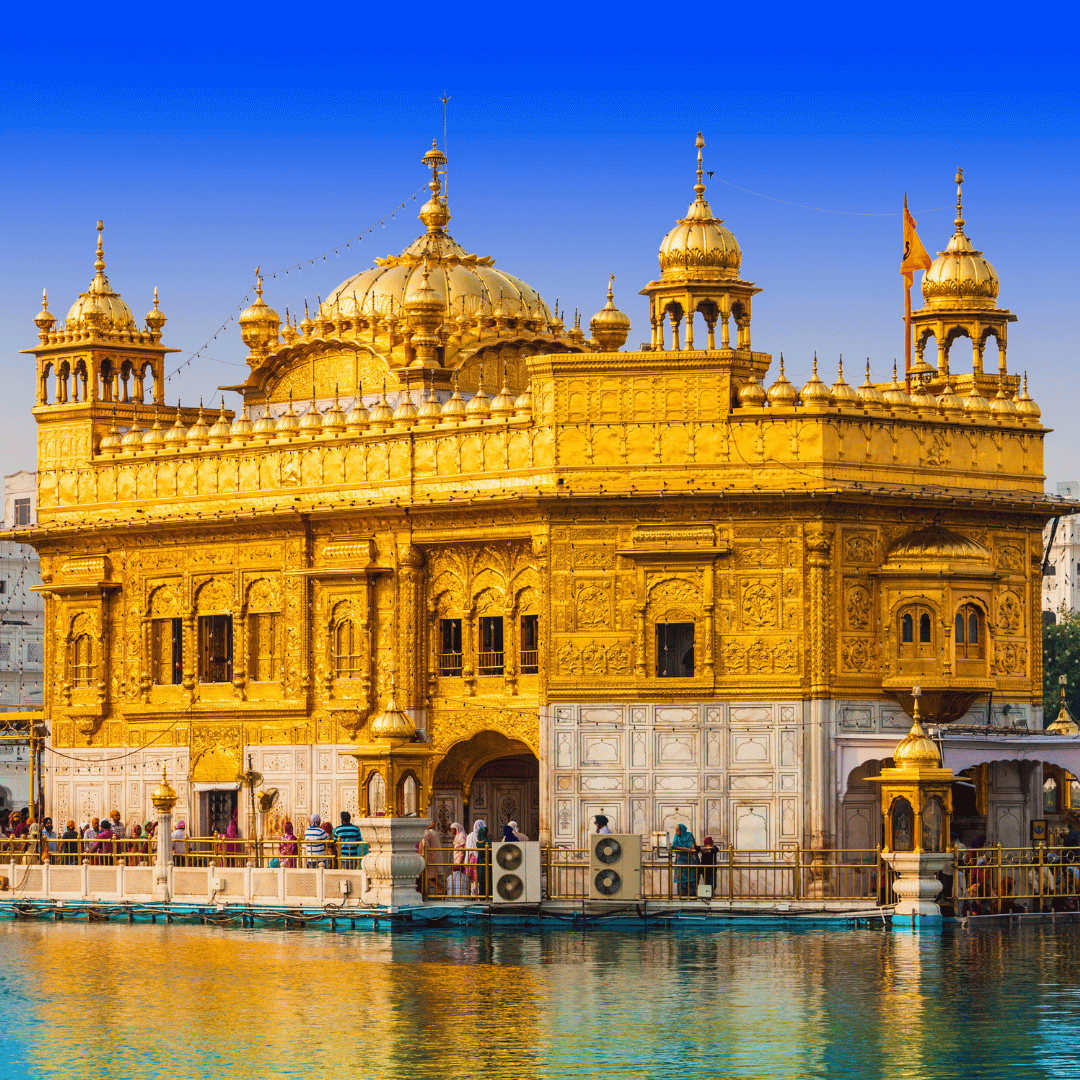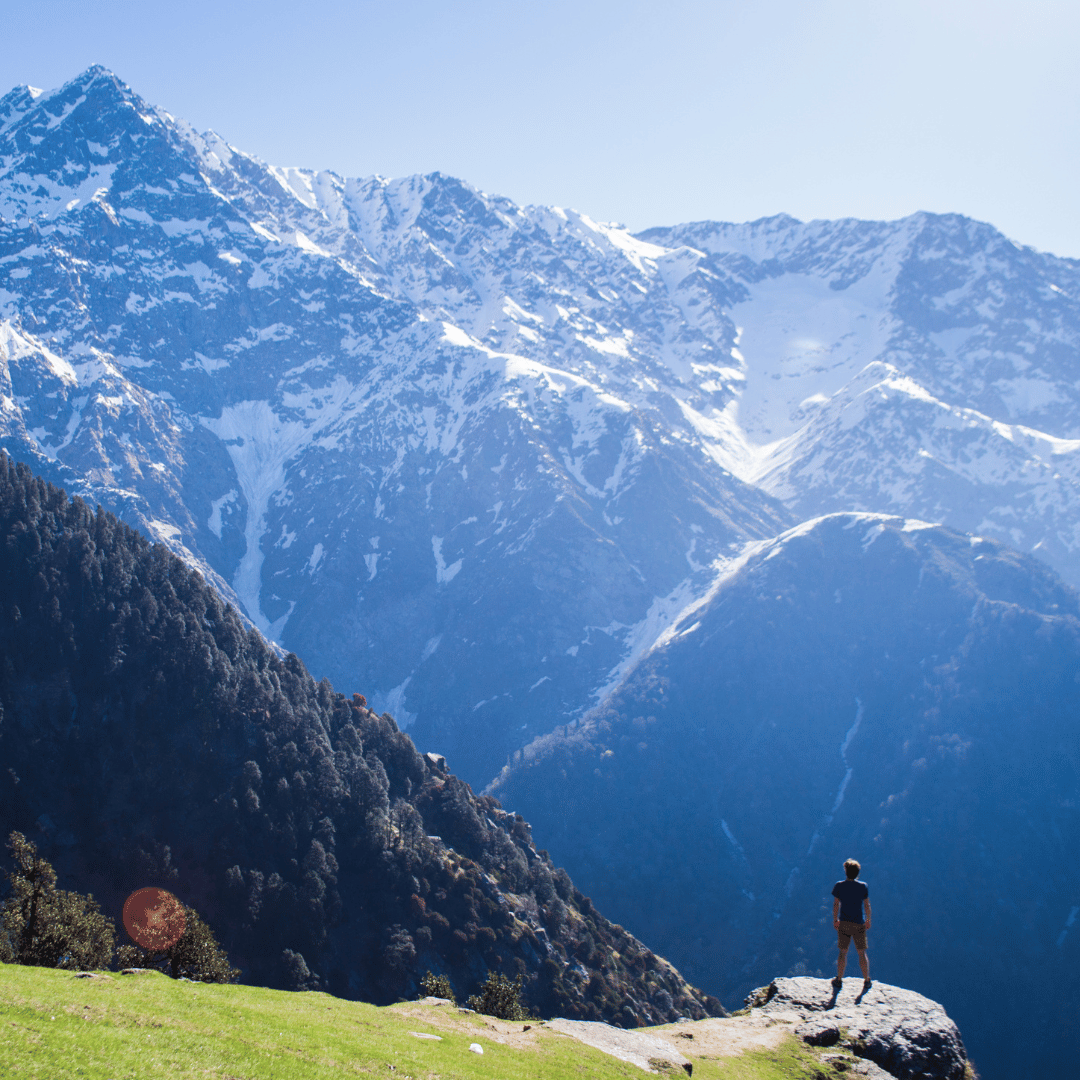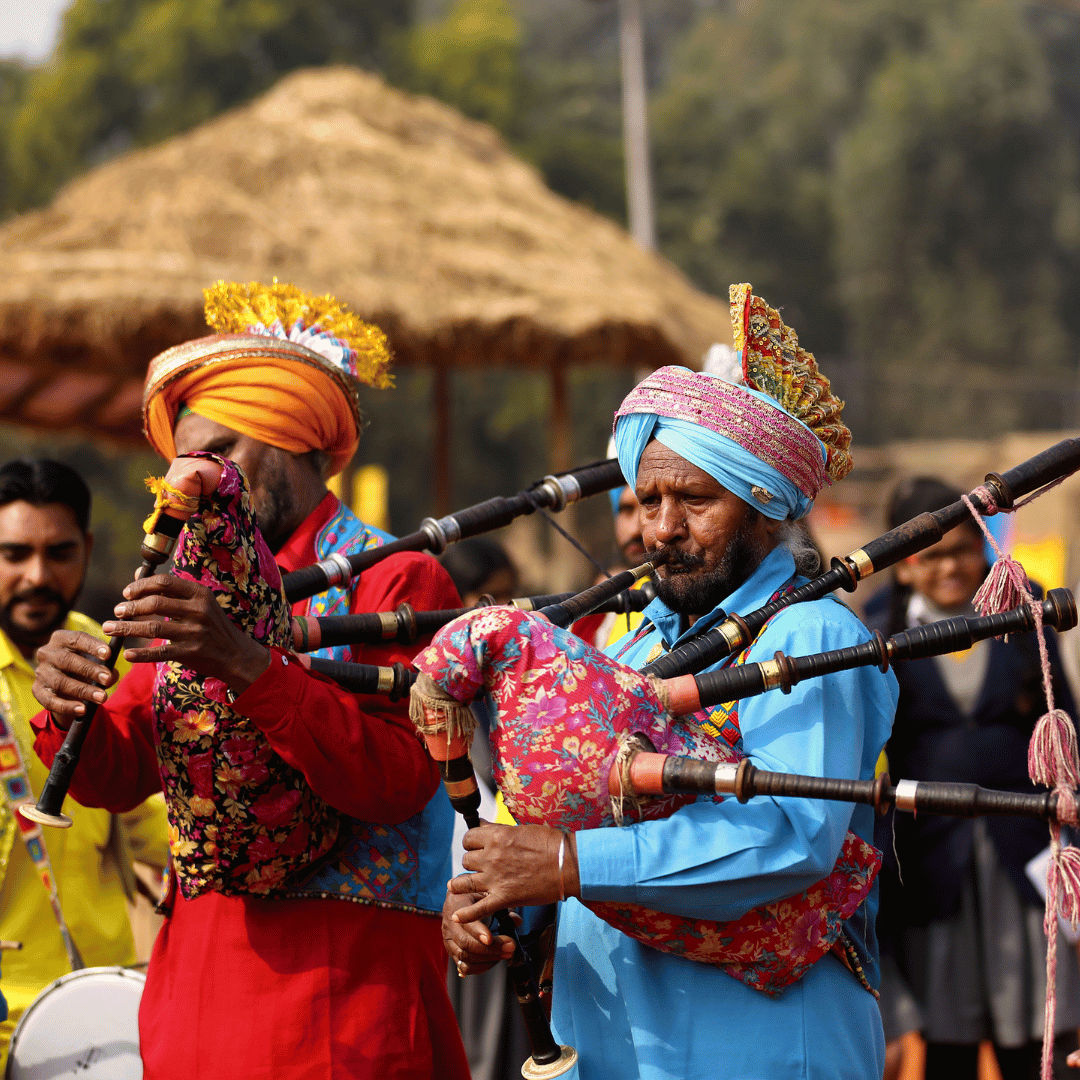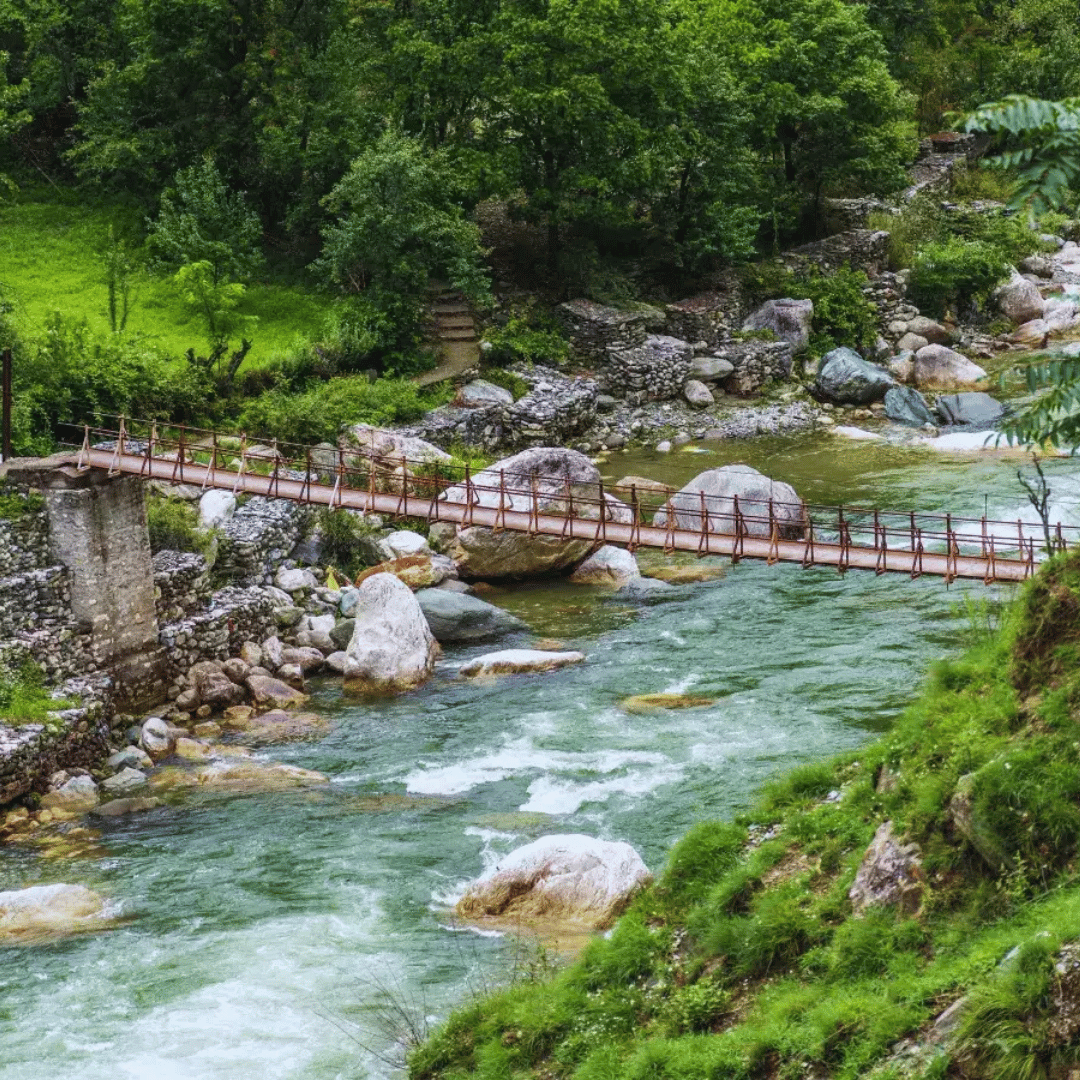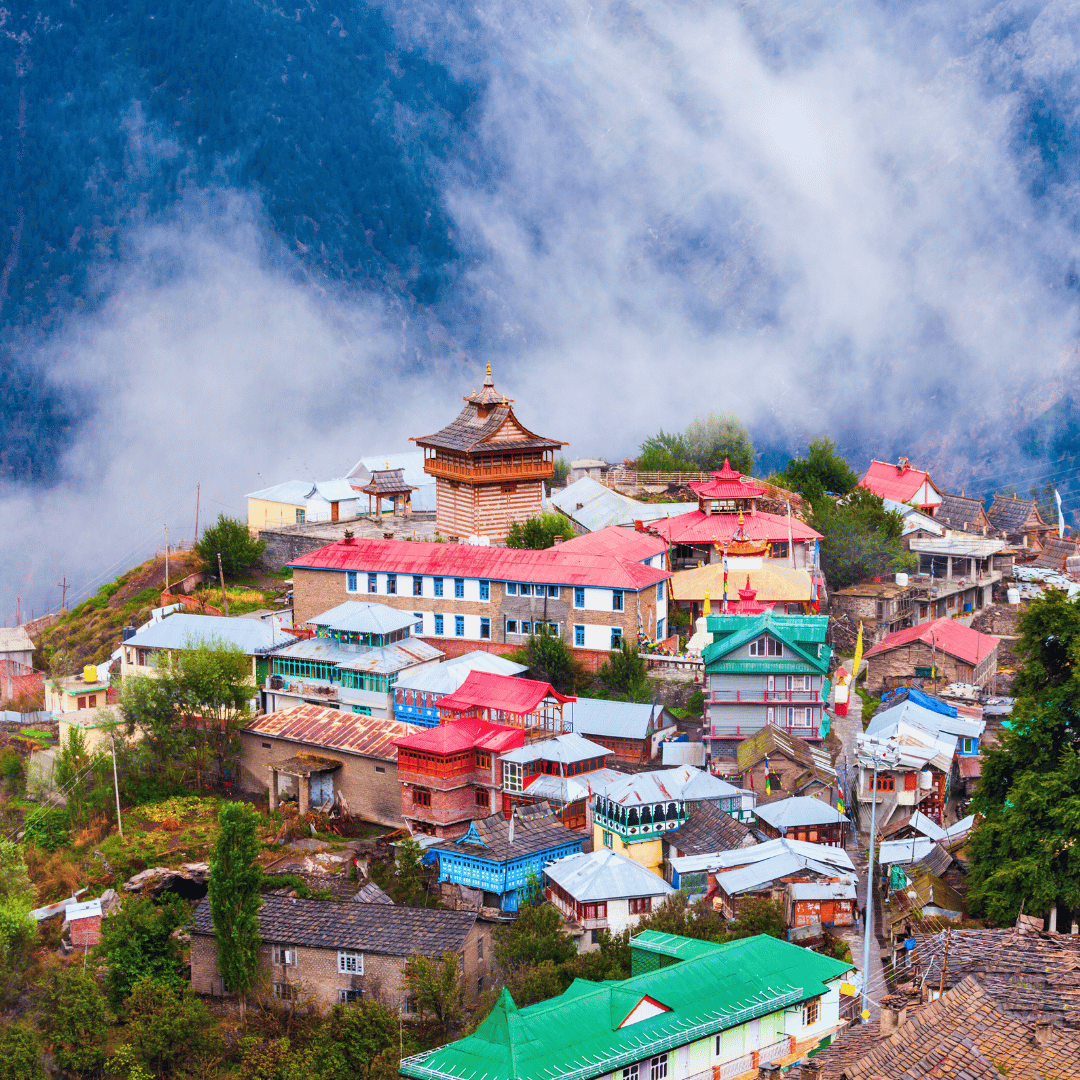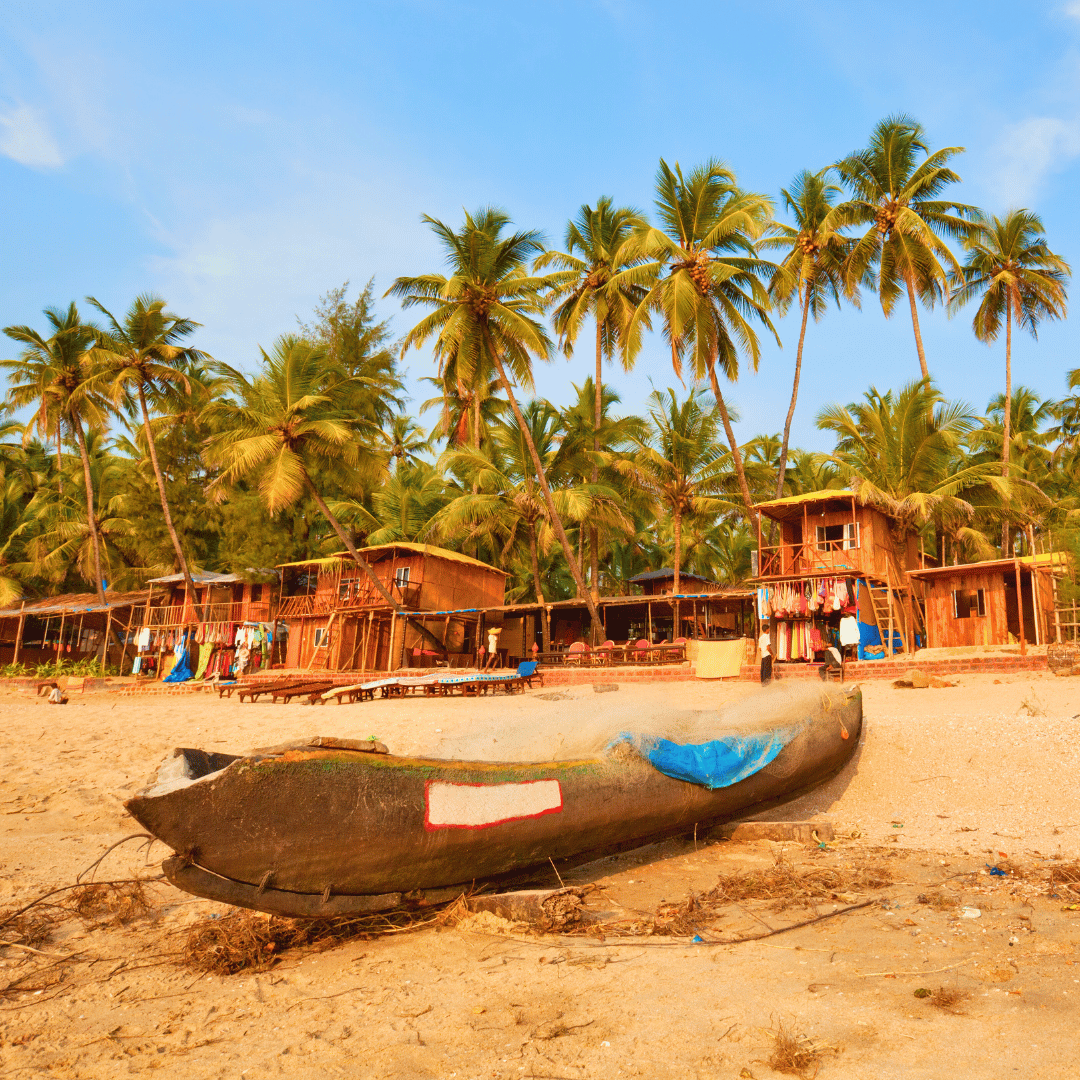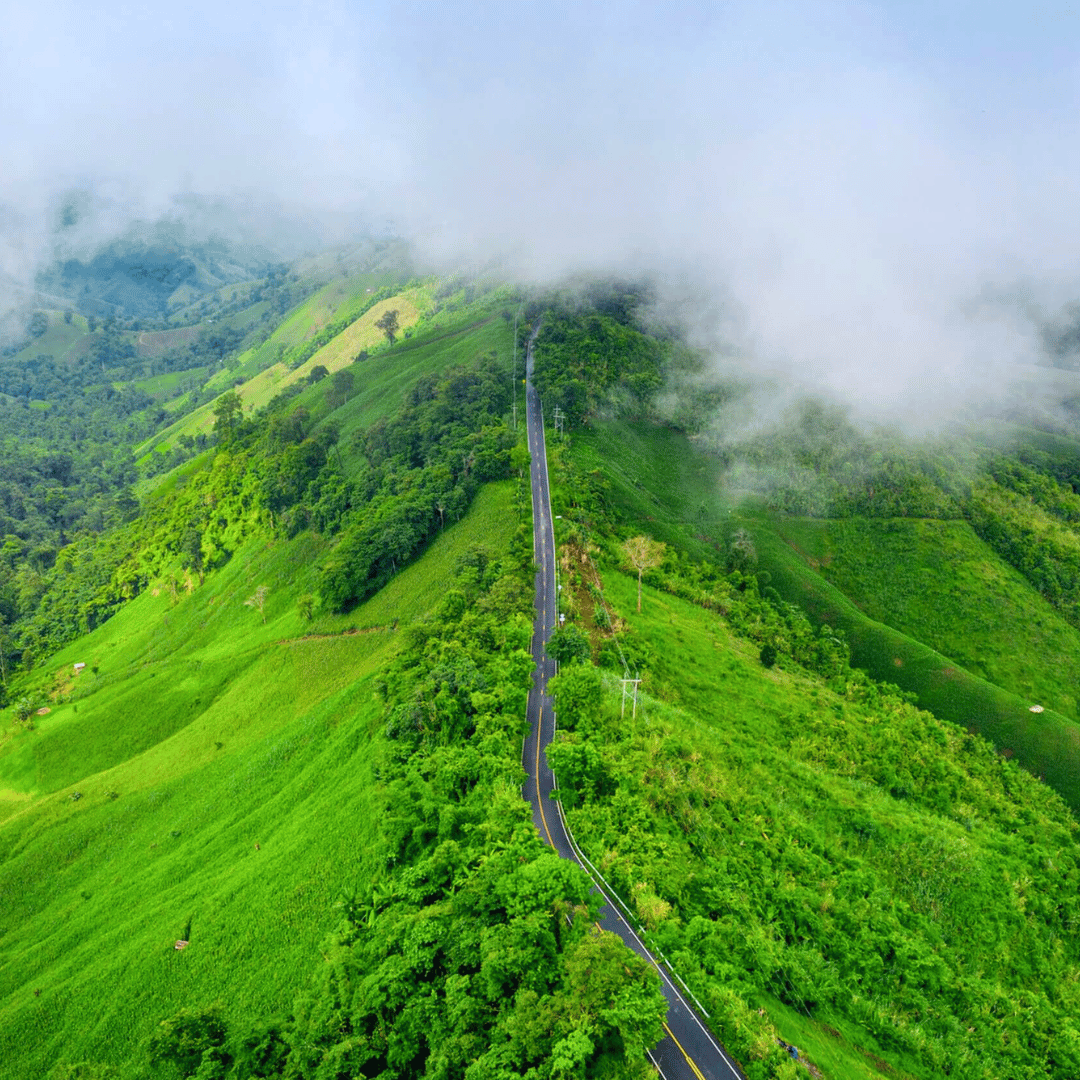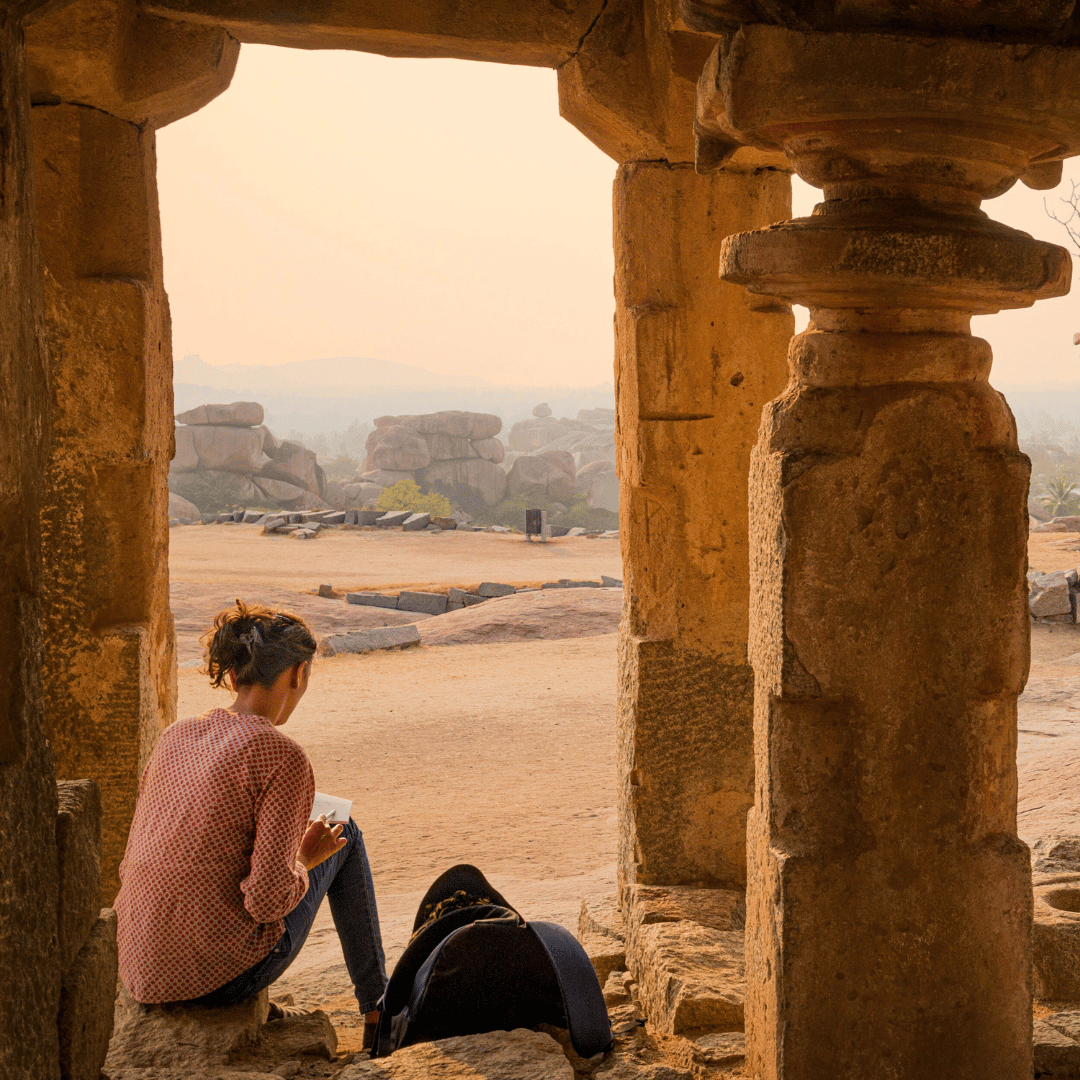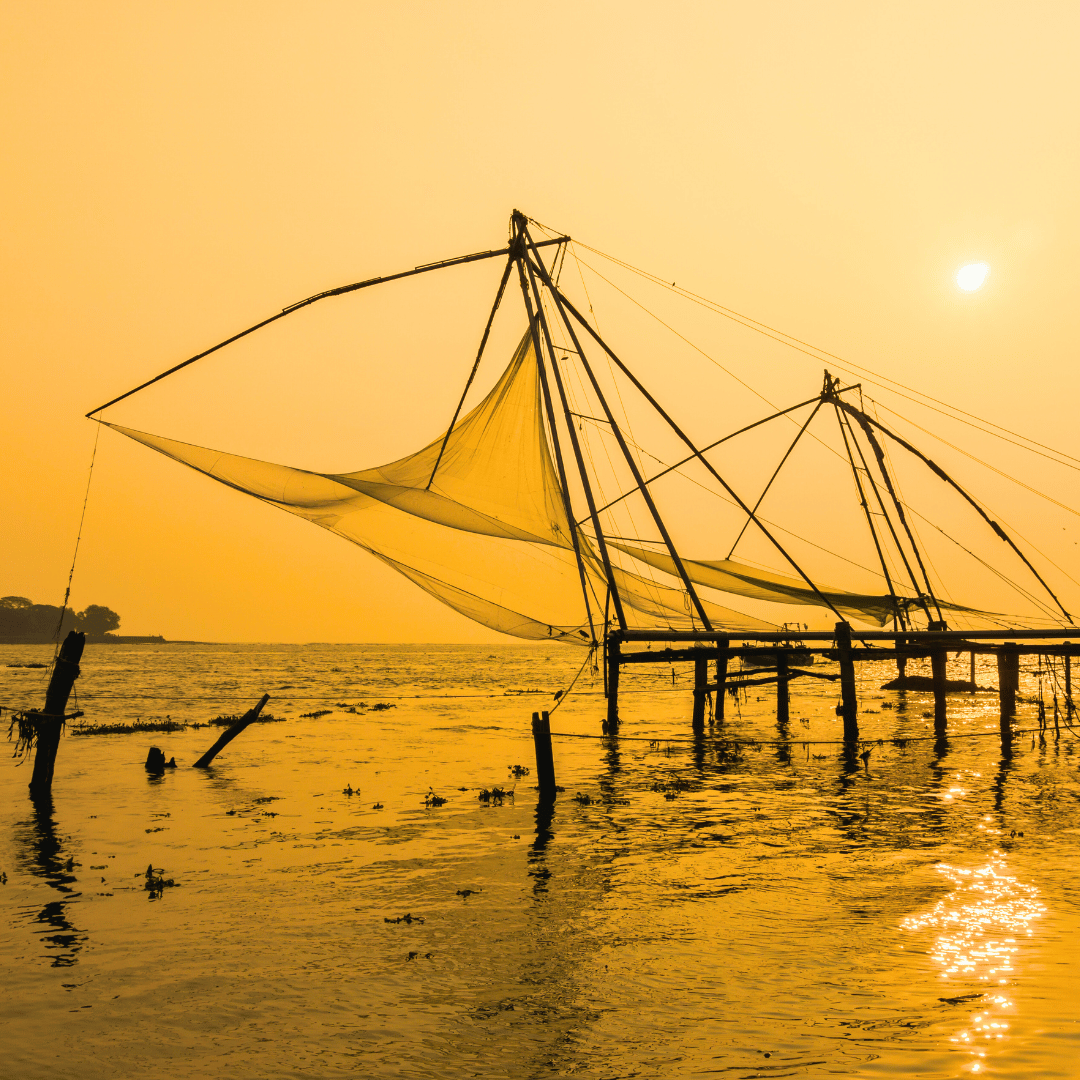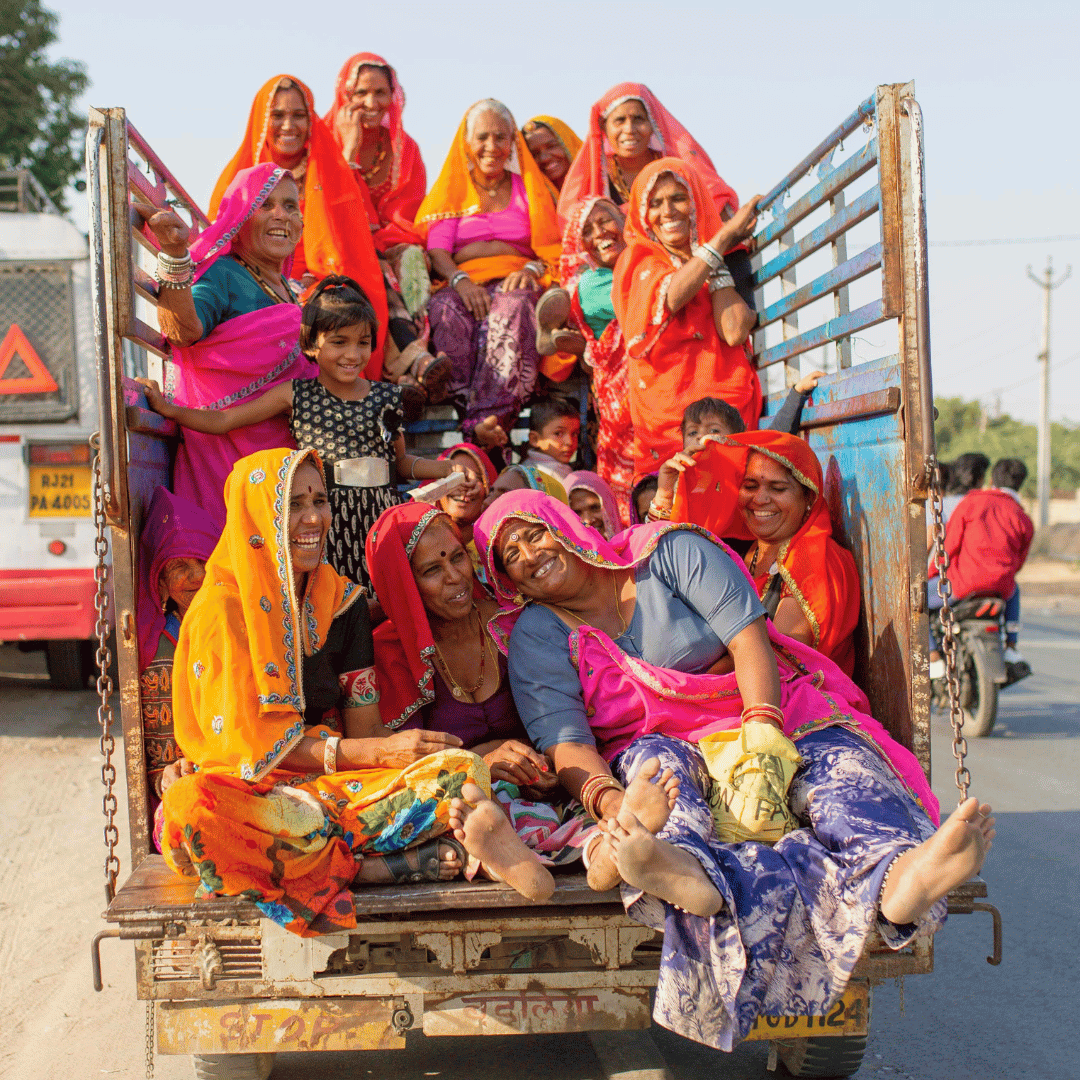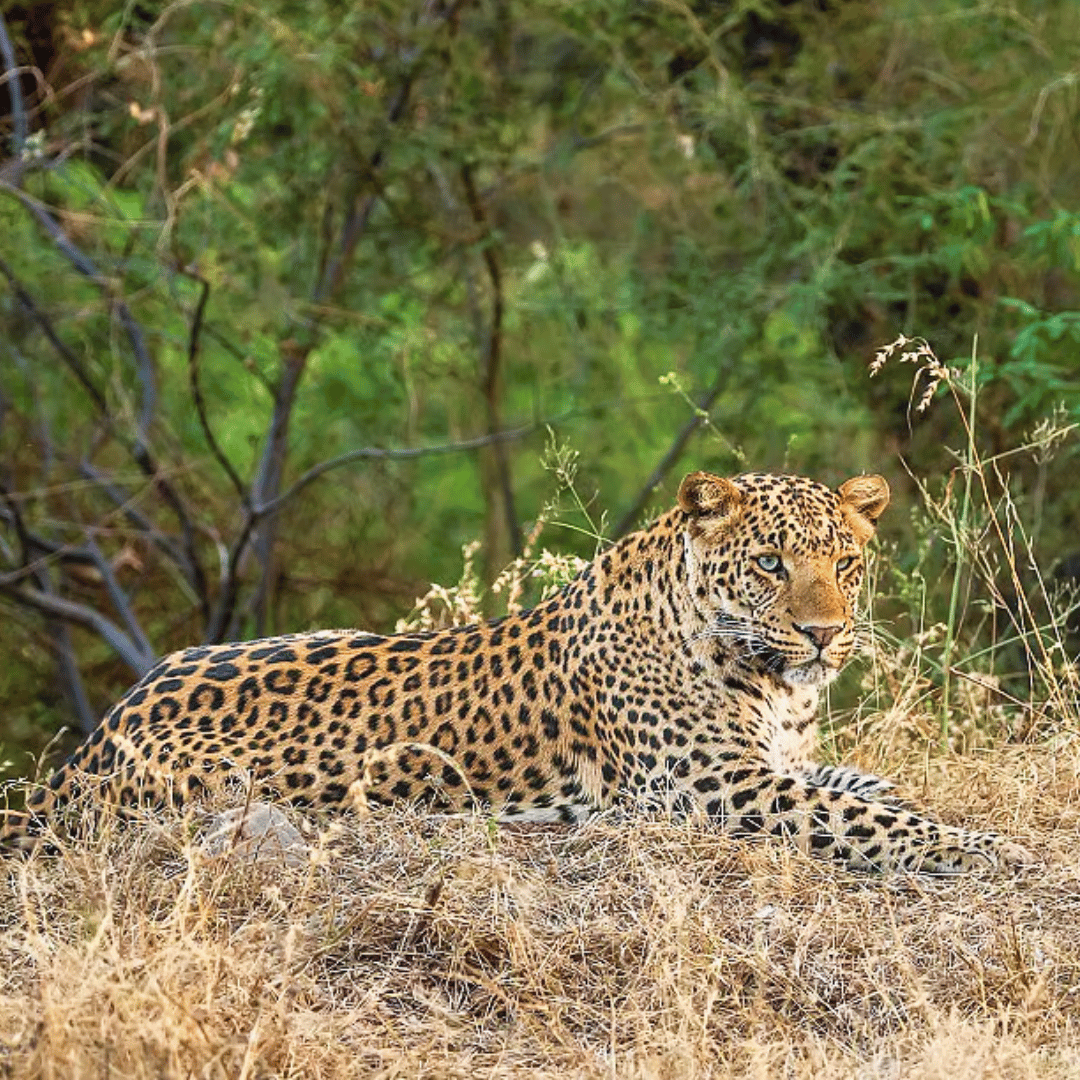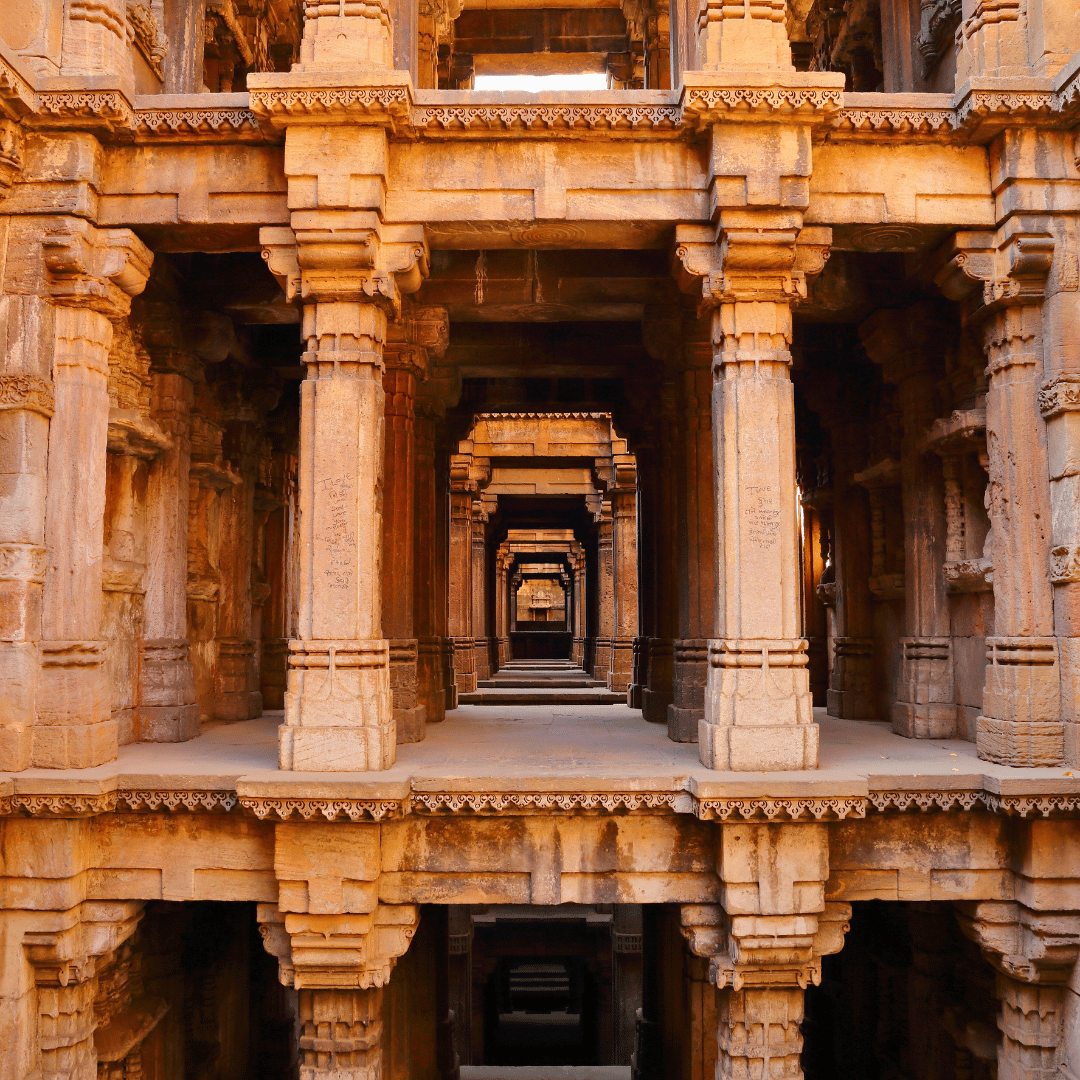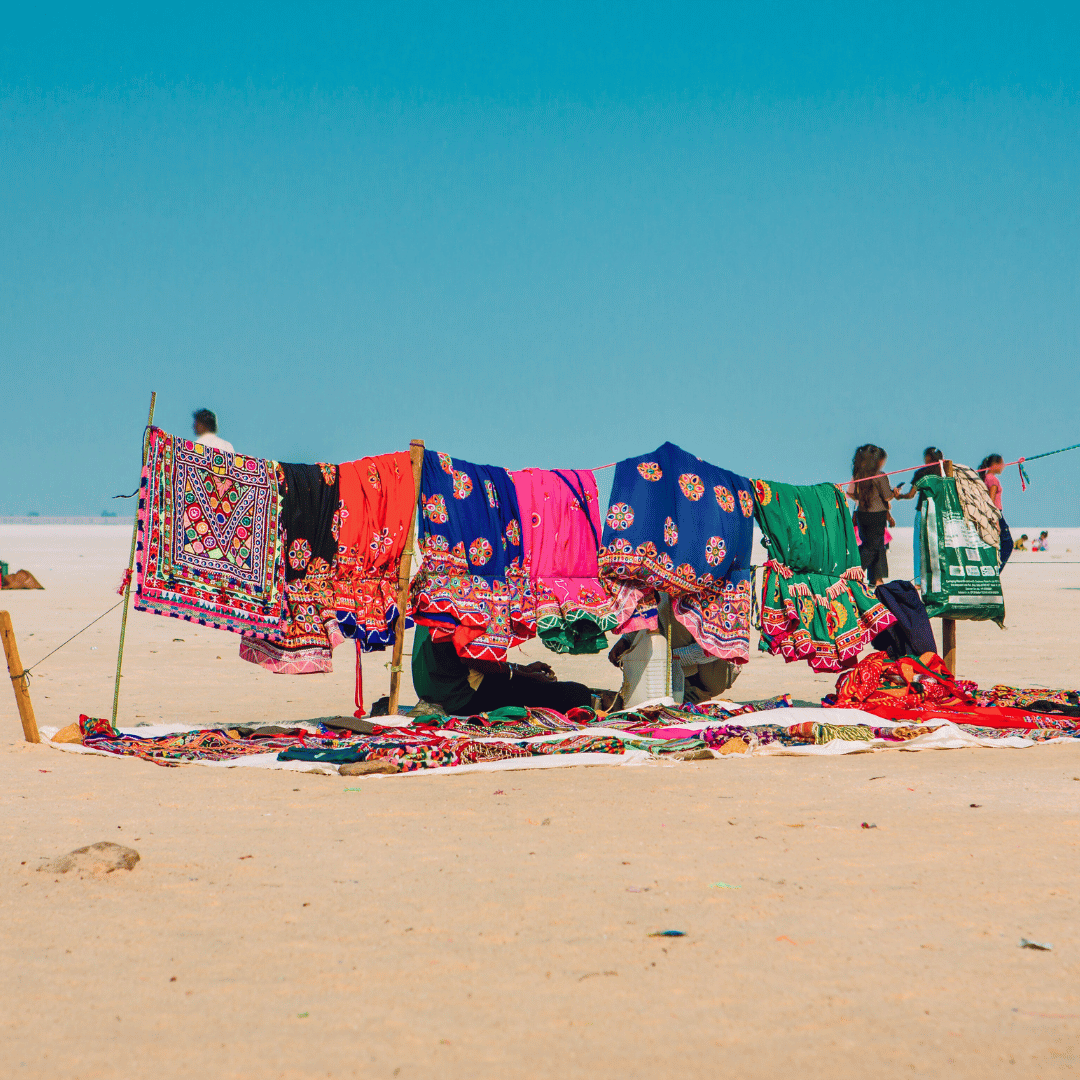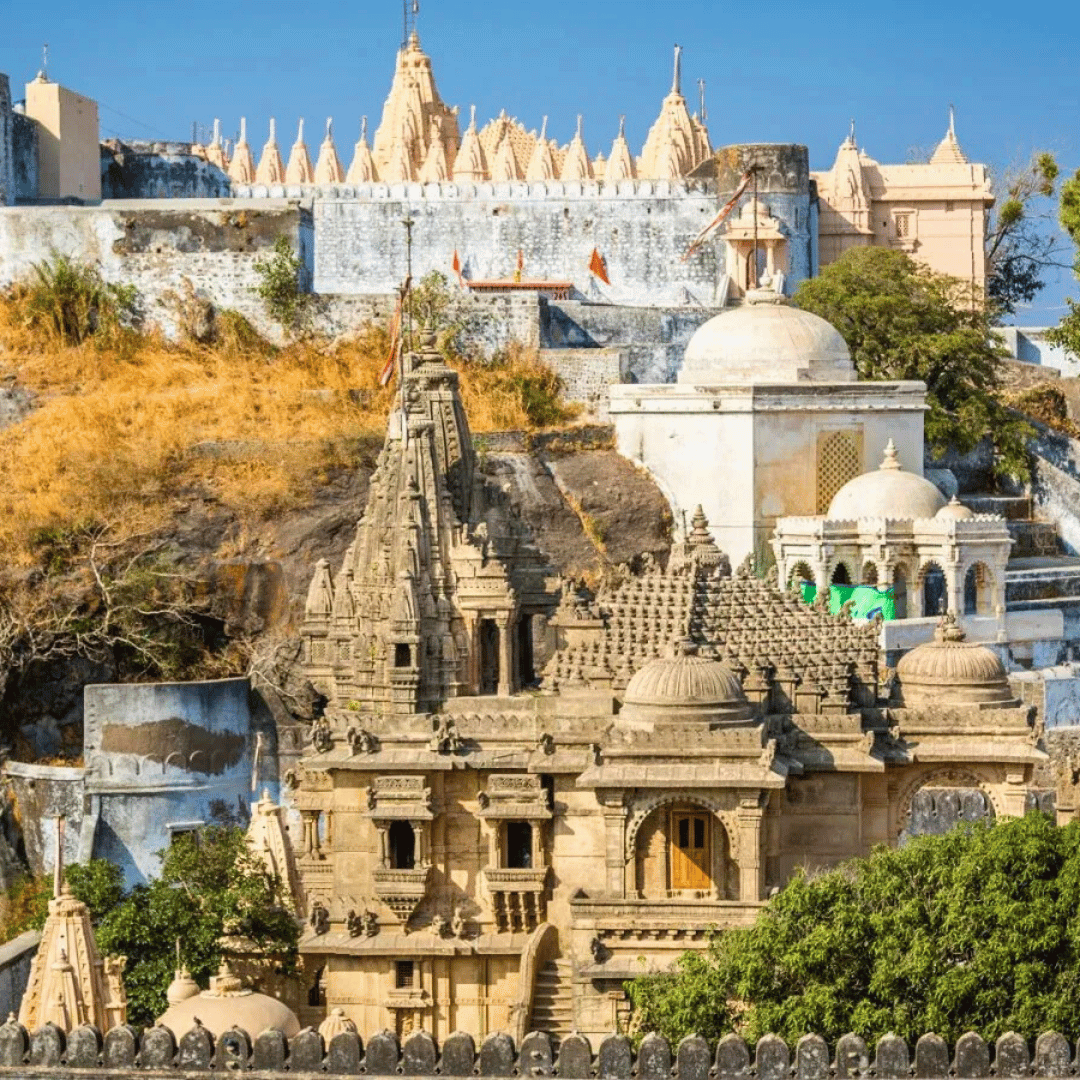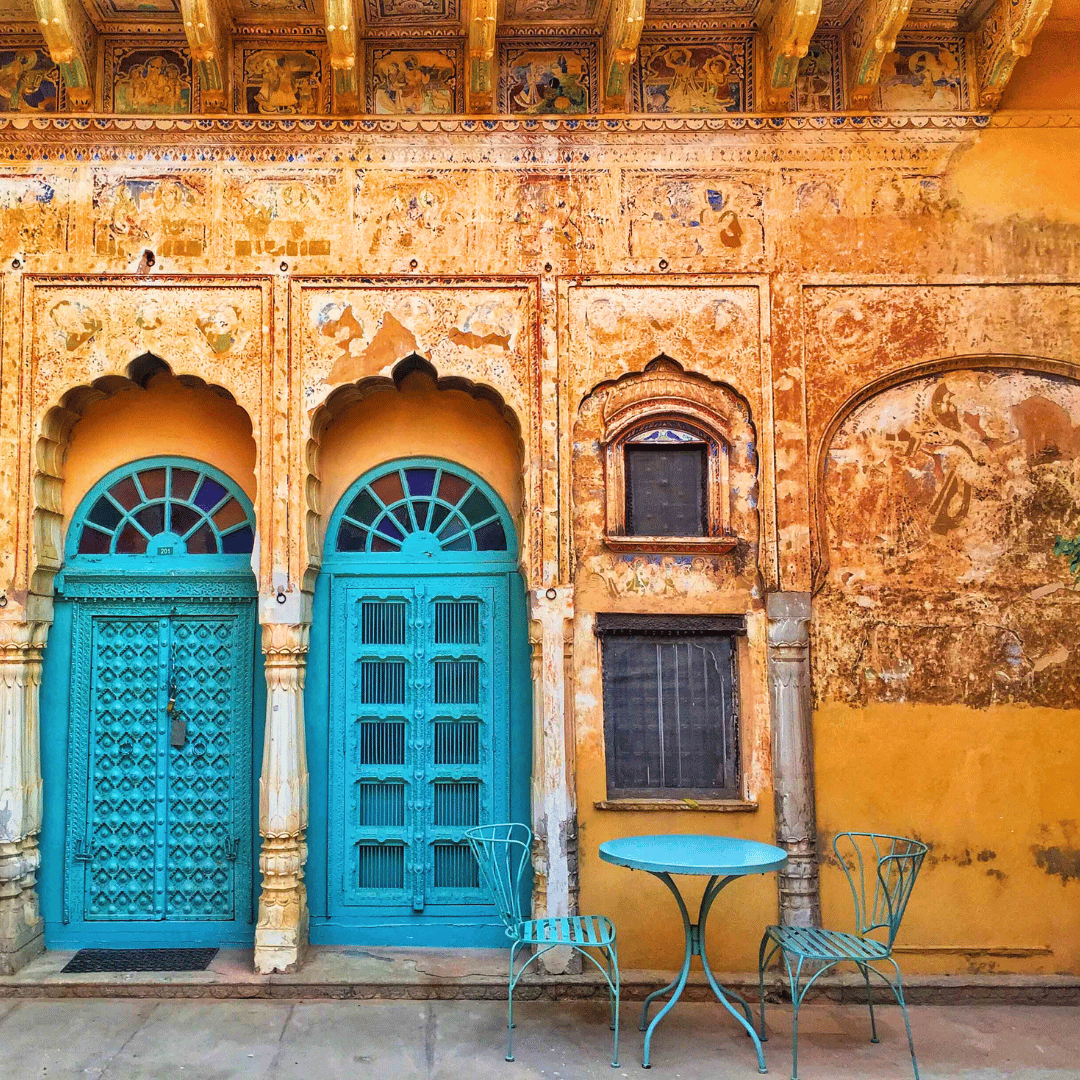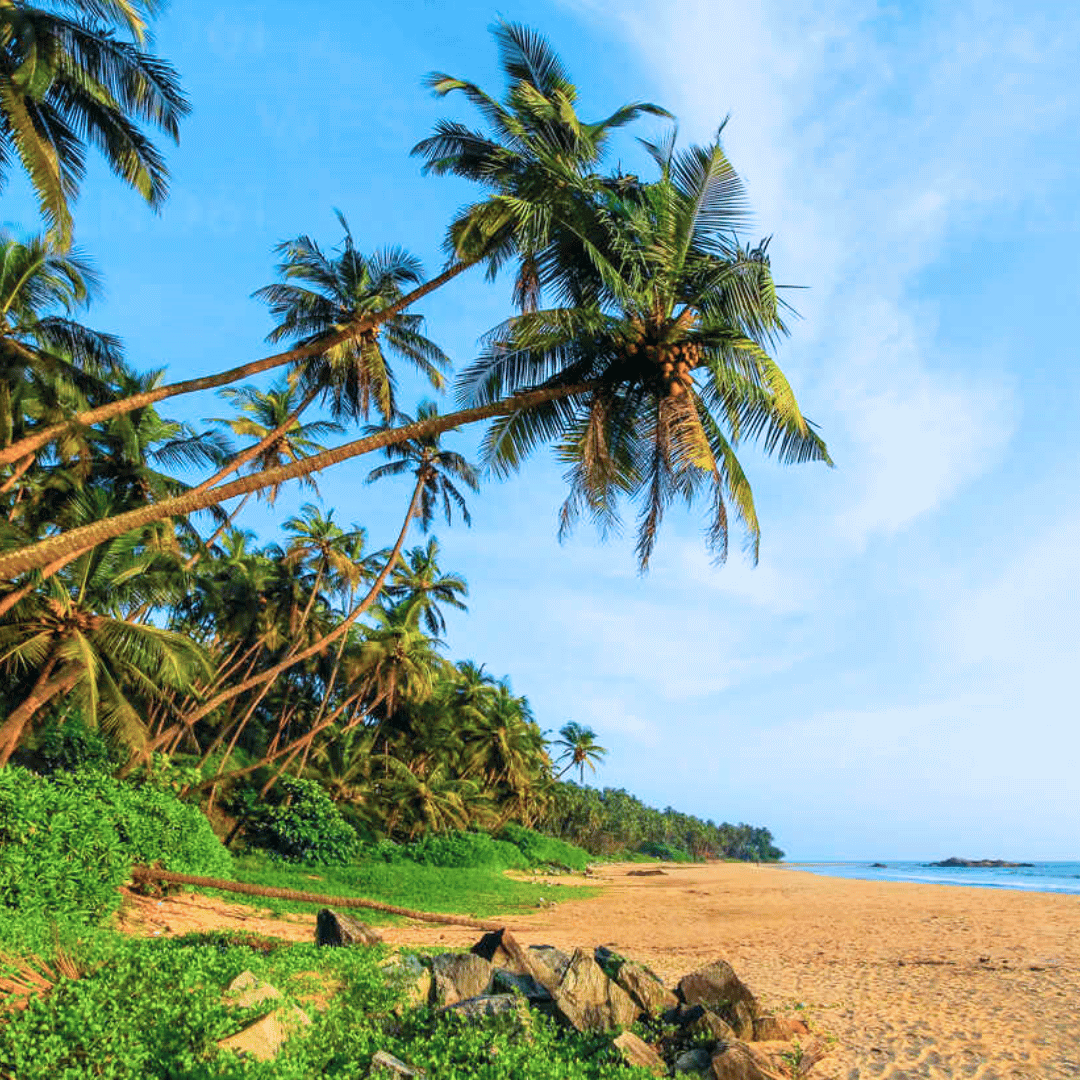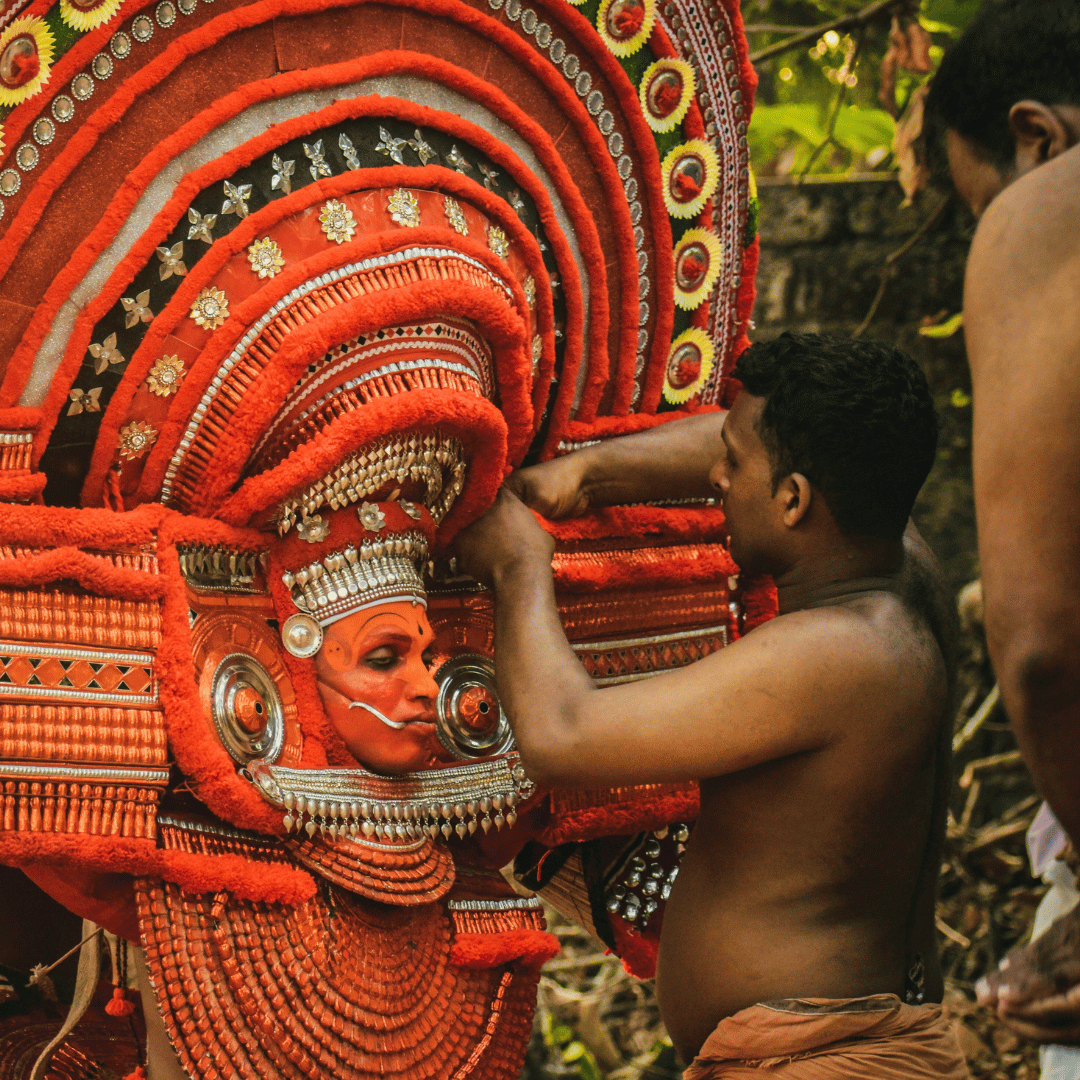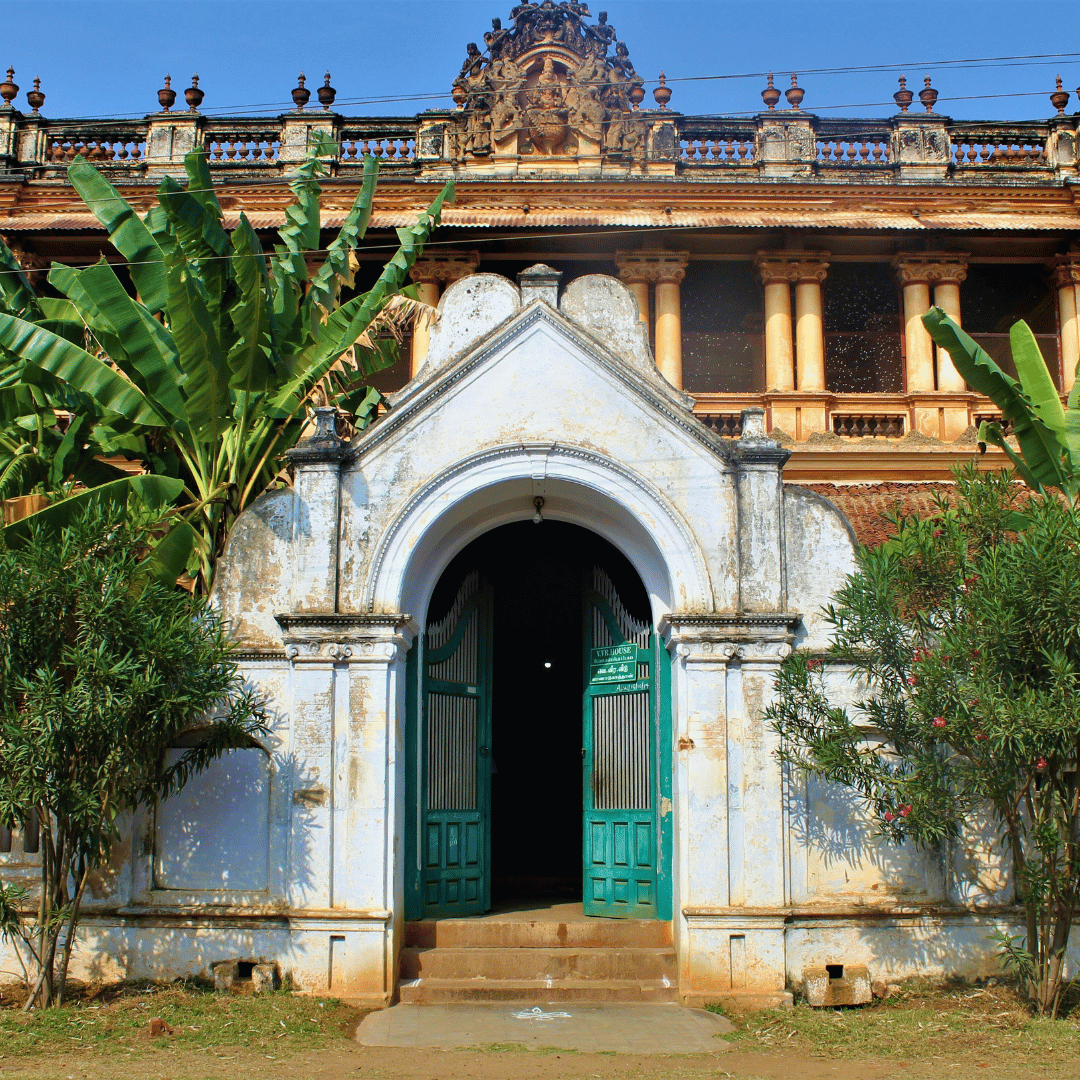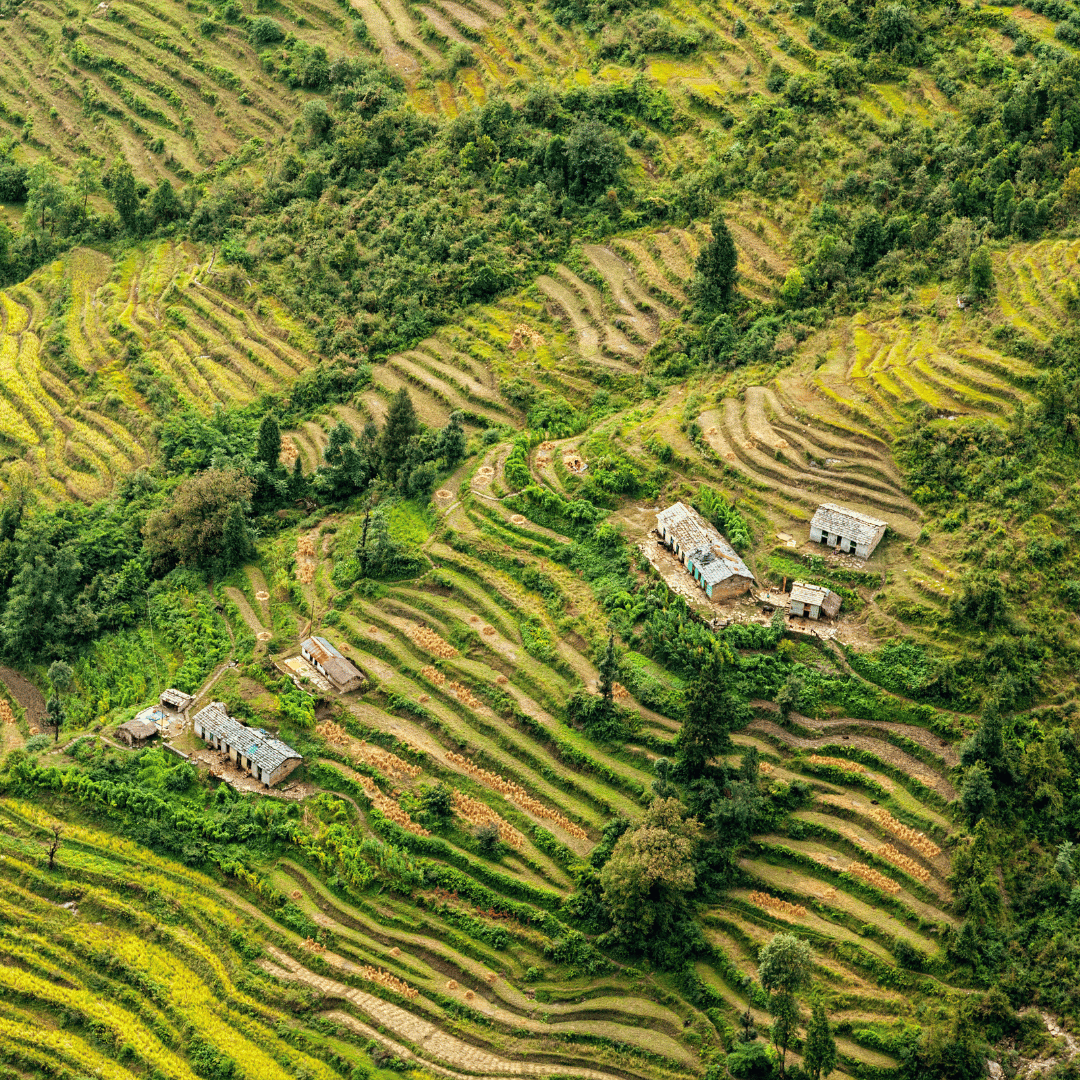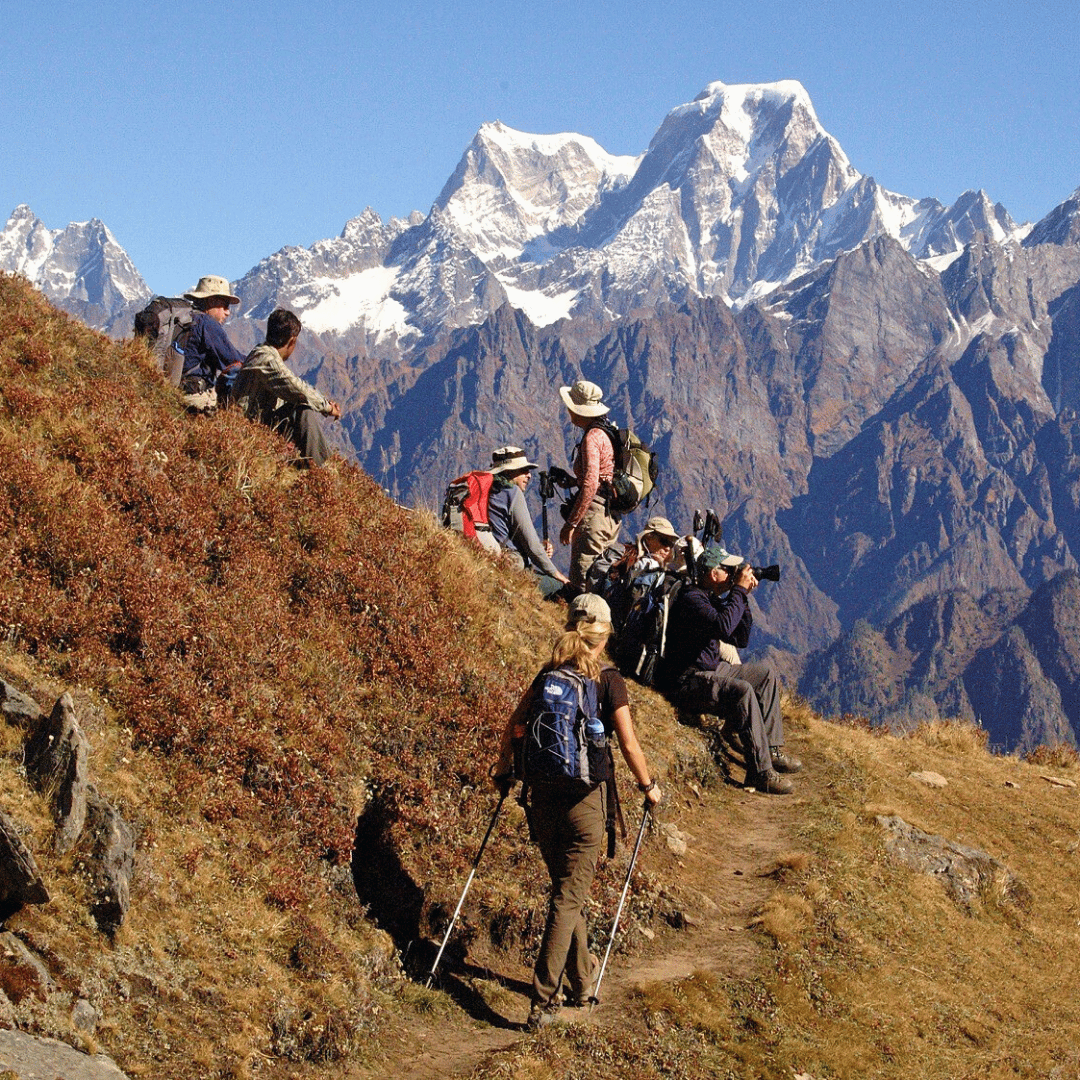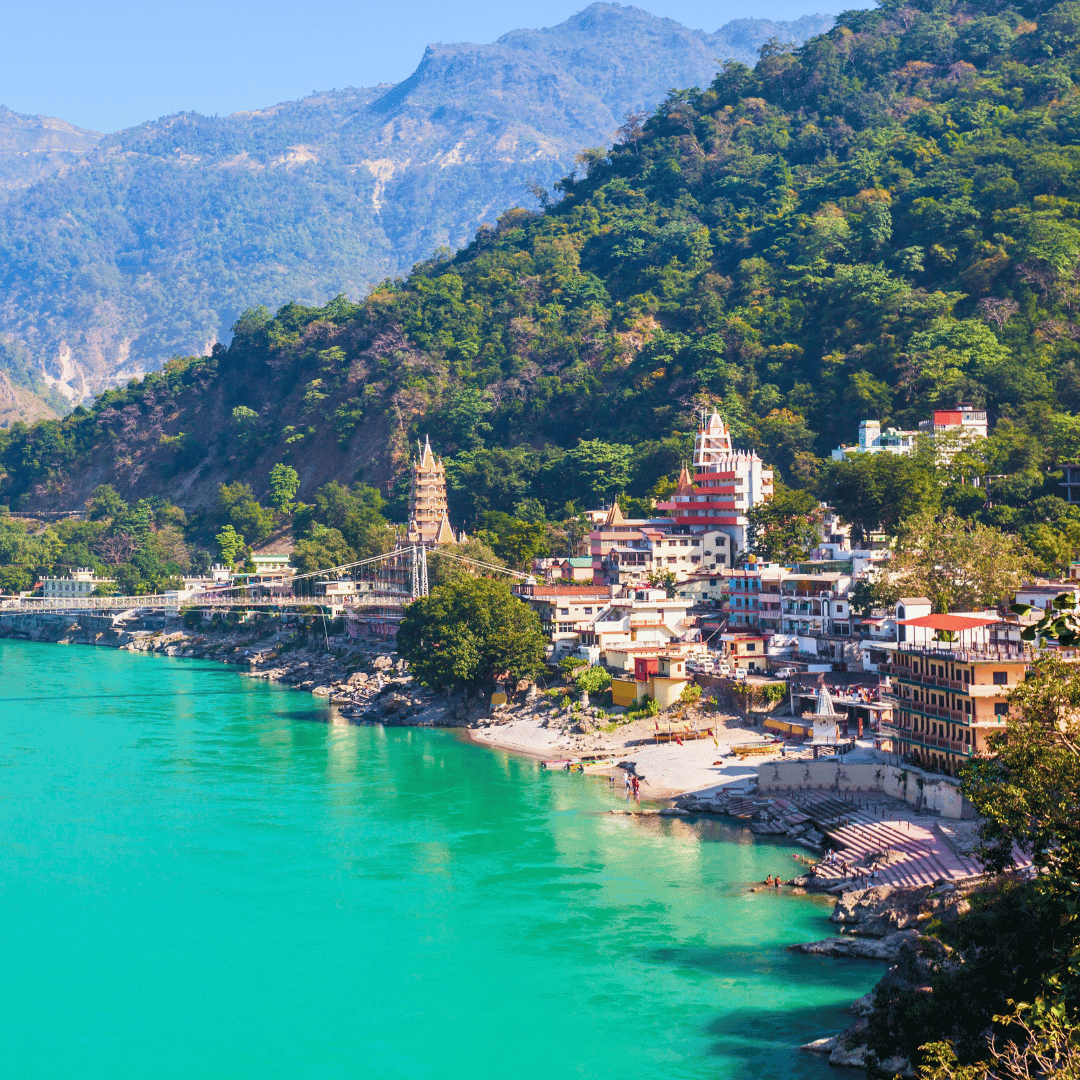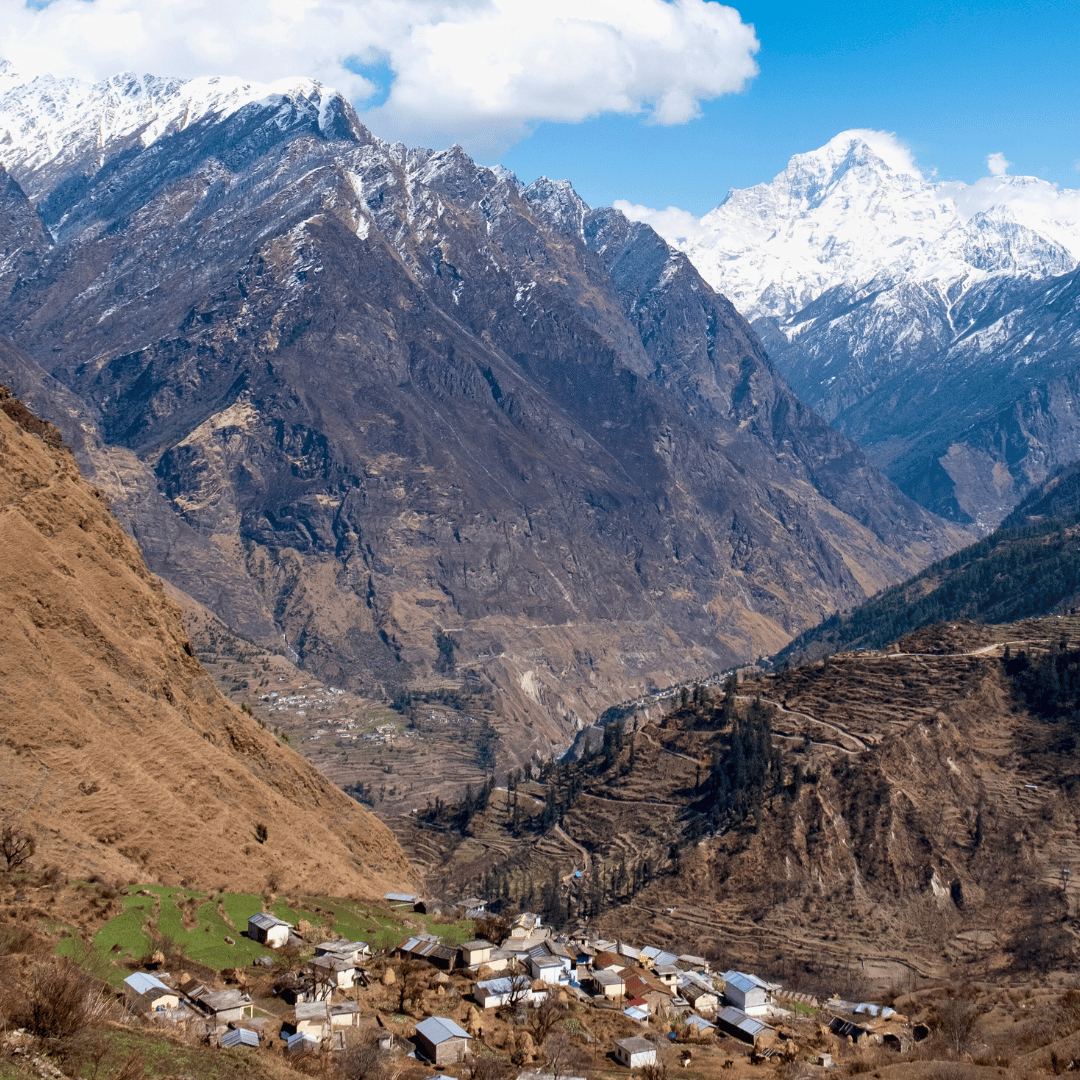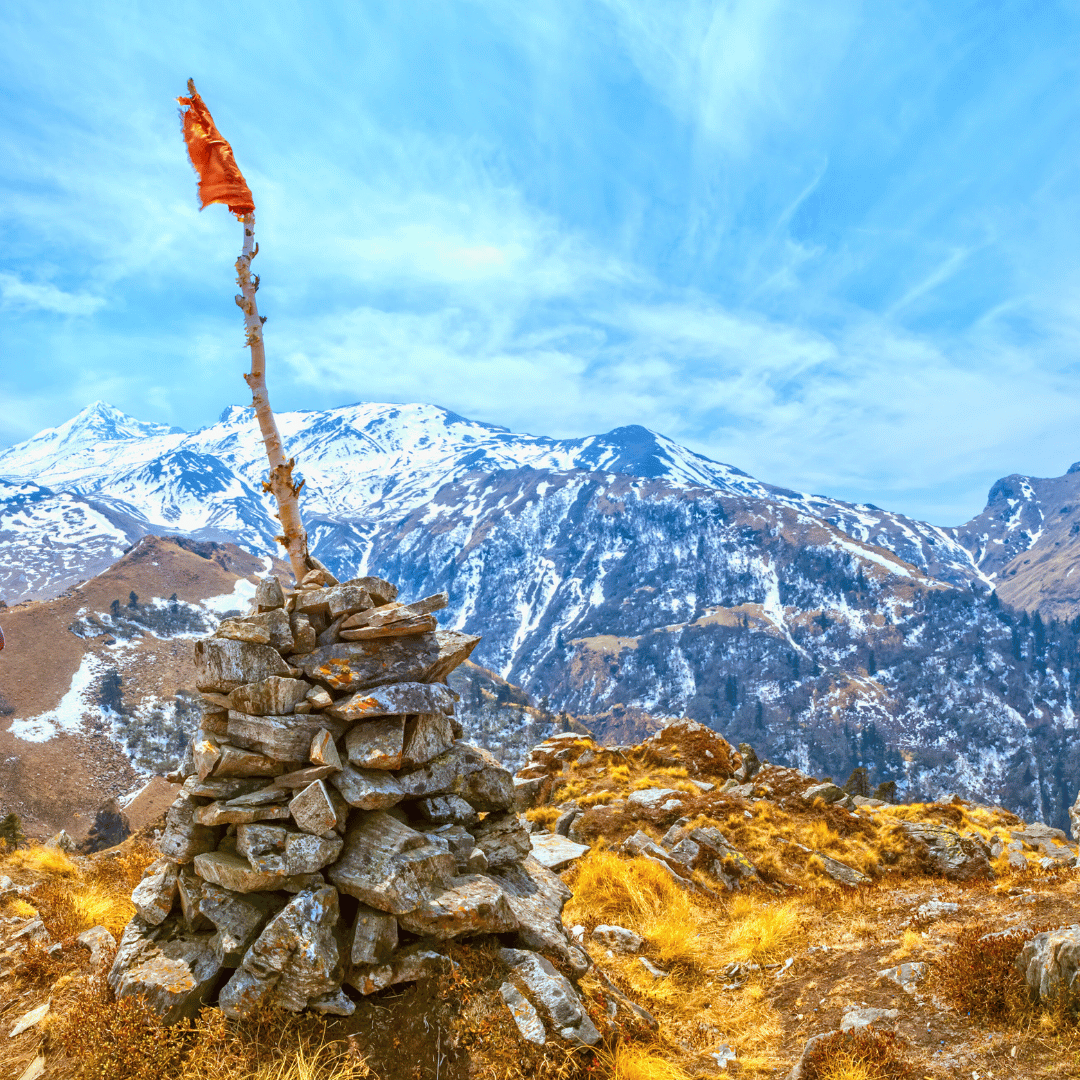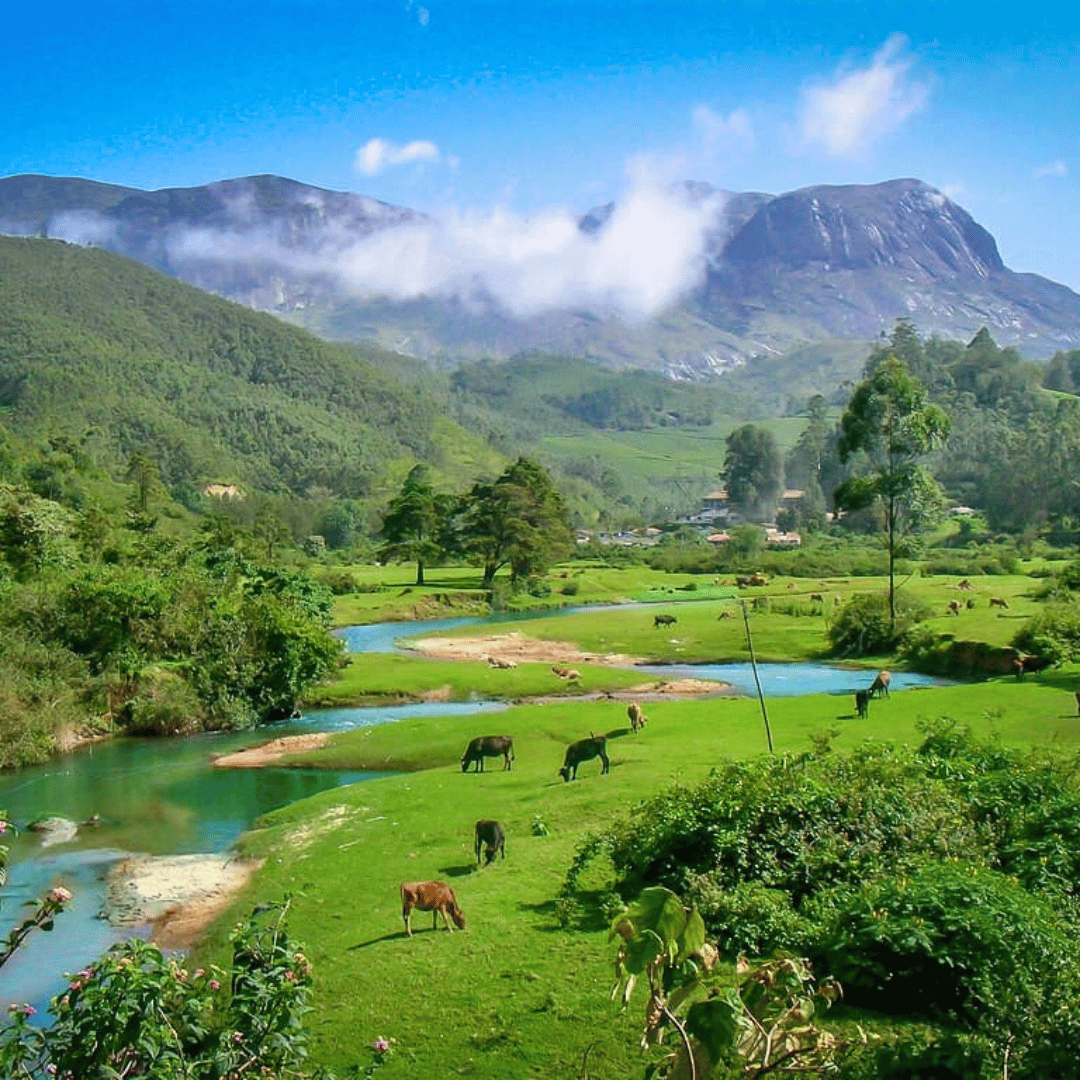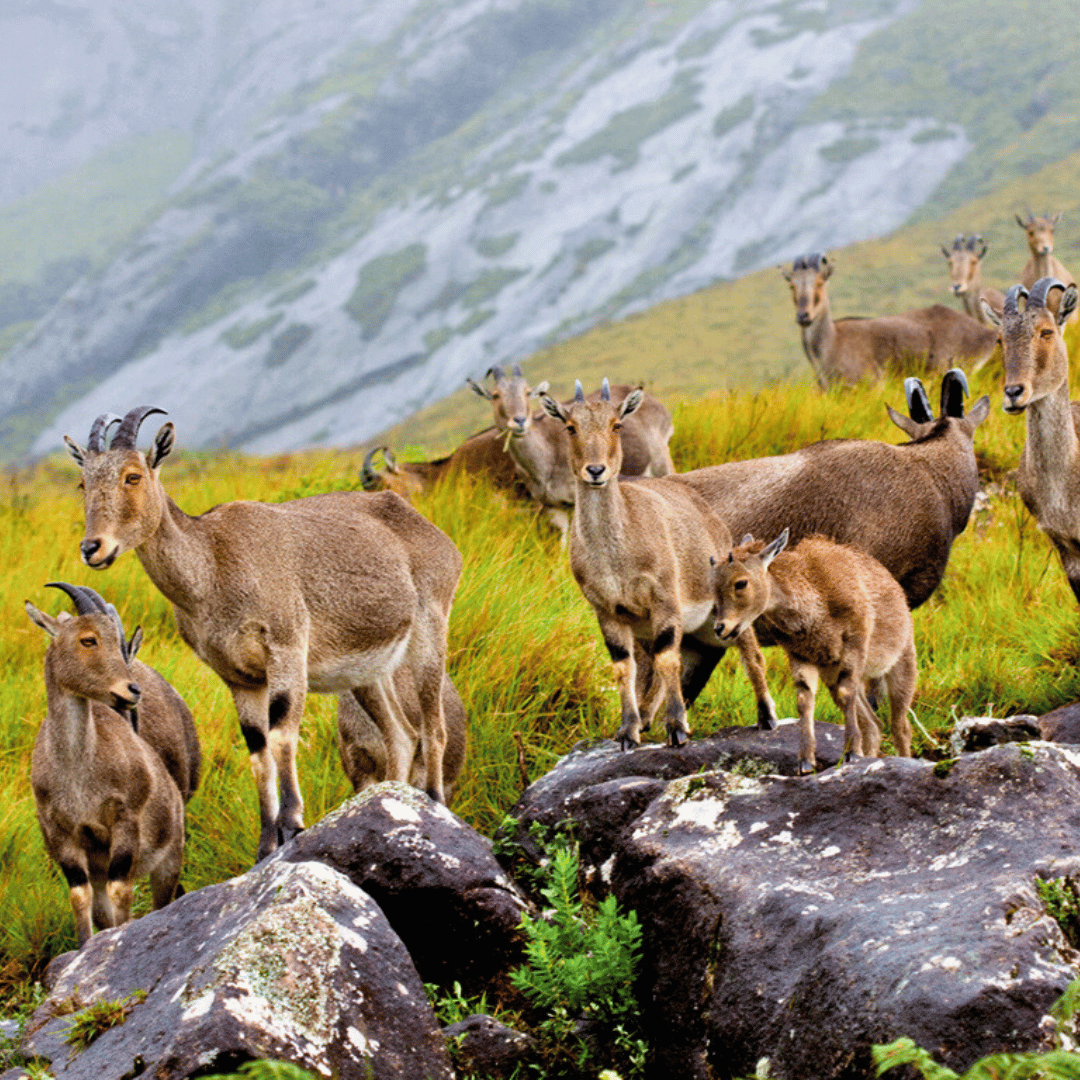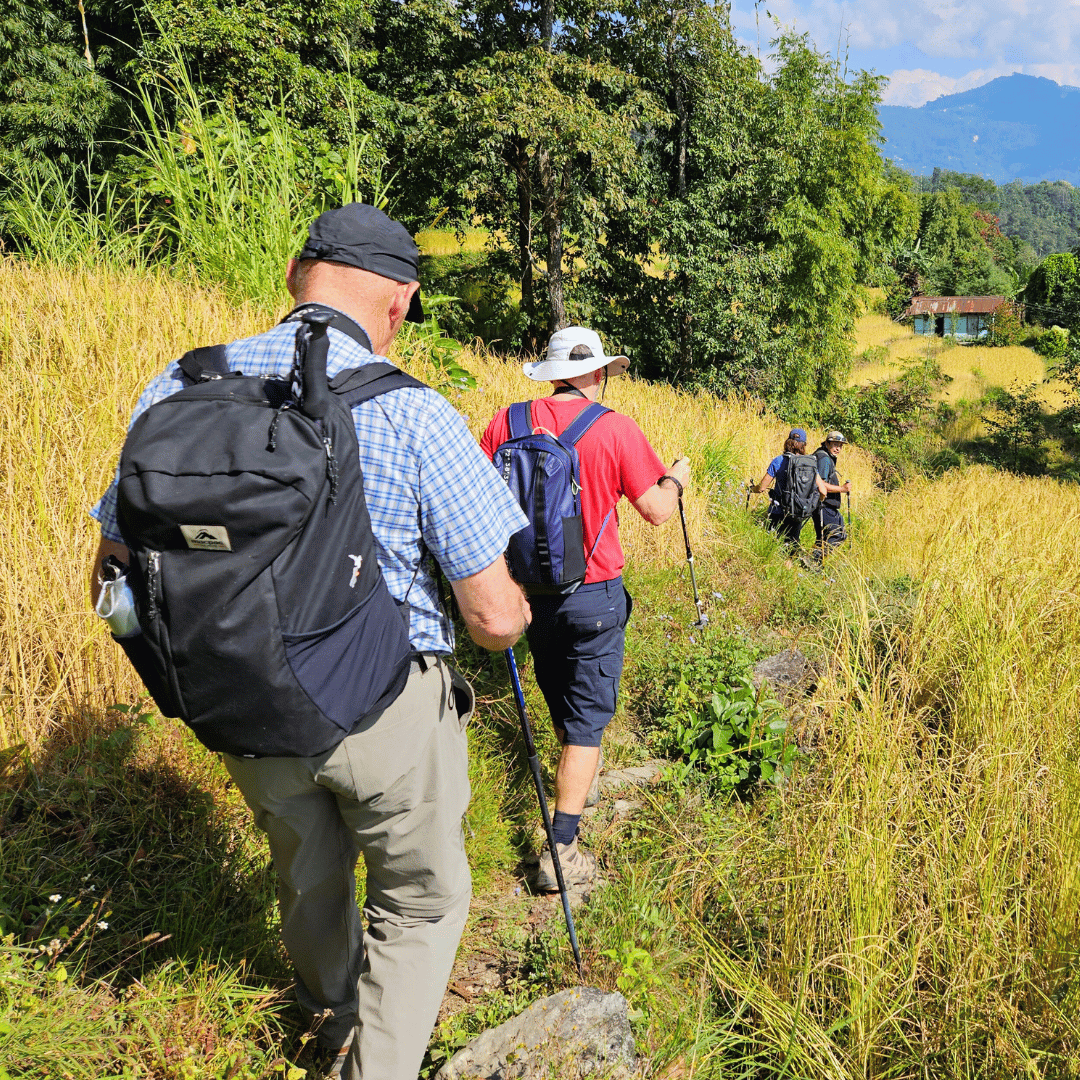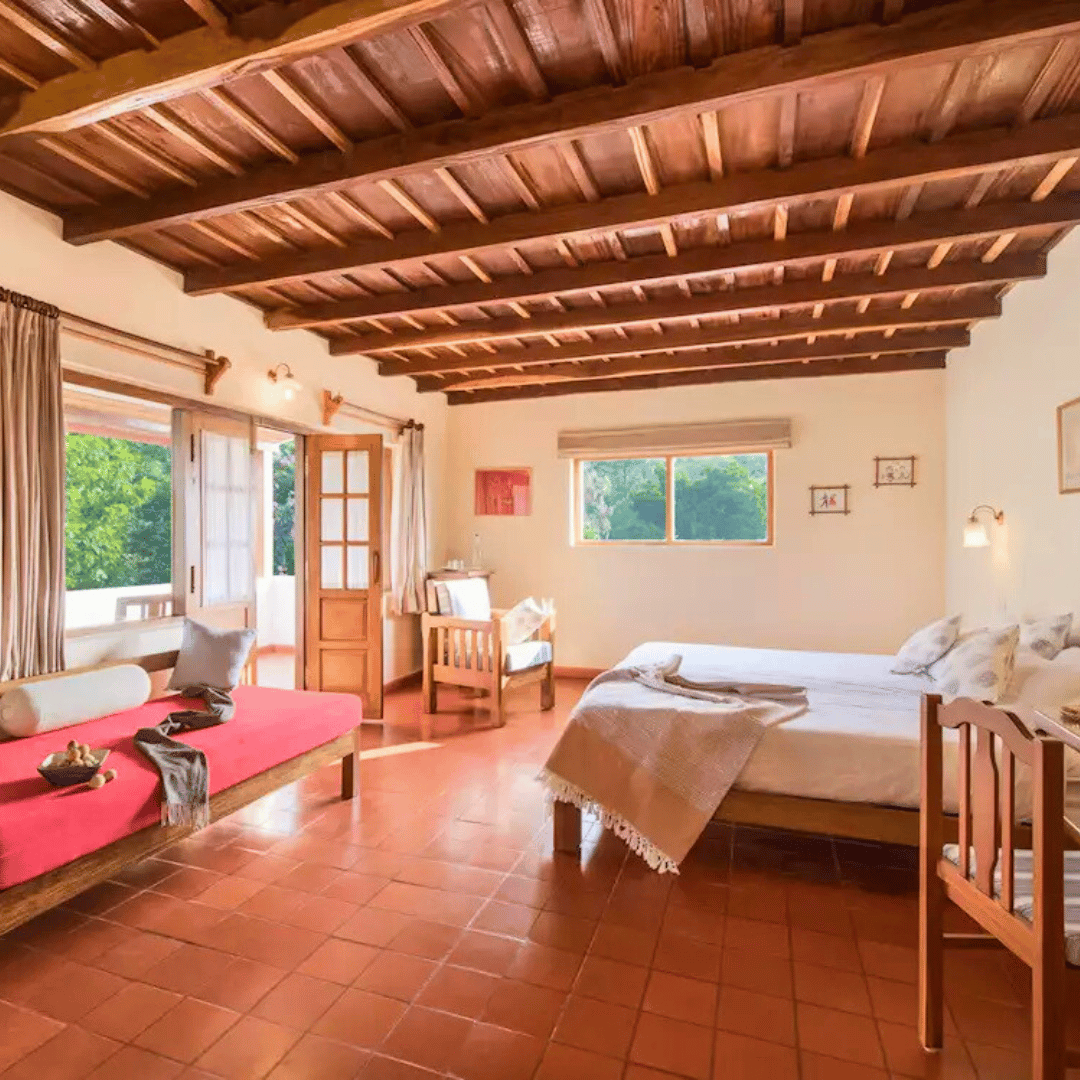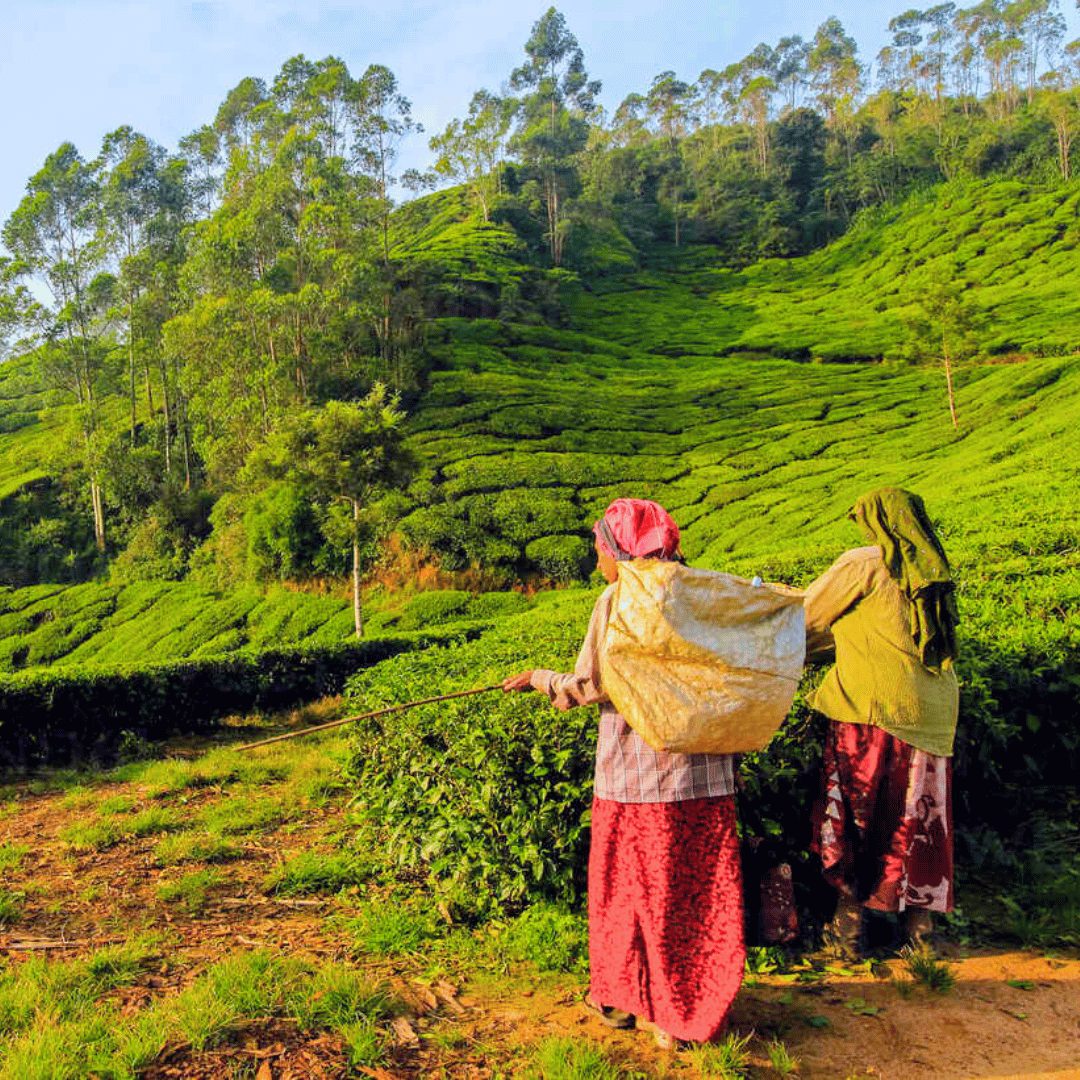The Far North Tour Itinerary
-
Welcome to India! You will be met by our local staff on arrival in Delhi and transferred to your hotel for an overnight stay.
-
This morning, transfer to the station to board the train to Amritsar, where you will be met on arrival and taken to your hotel. Situated in the north-western state of Punjab, Amritsar - meaning “holy pool of nectar” - is the spiritual and cultural heart of the Sikh religion, and home to the majority of India’s Sikh population. Founded in 1577 by Guru Ram Das, the fourth Sikh Guru, the city has since flourished as a hub of Sikh culture, tradition, and history. The Golden Temple, shimmering in the middle of a sacred pool, draws millions of visitors and pilgrims each year, offering a sense of peace and devotion.
Though relatively small, with a population of just over a million, Amritsar is a significant destination known for its rich Punjabi heritage and renowned cuisine. The bustling lanes of the walled city, lined with vibrant street hawkers, rickshaws, shopkeepers, and traders, offer a lively atmosphere, while traditional dhabas and local eateries serve up authentic flavours for visitors and locals alike.
-
This morning, visit one of India’s most dazzling temples - the sacred Sri Harmandir Sahib. Also known as the Golden Temple, it was initiated by the fourth Sikh Guru, Guru Ram Das, and completed in 1601 by his successor, Guru Arjan Dev. A breathtaking sight, the temple blends Islamic and Hindu architectural styles, with its dome shaped like an inverted lotus.
After exploring the complex, you may choose to enjoy a meal at the langar (community kitchen and dining hall), where food is served free to all visitors. The tradition of the Sikh langar was started by Guru Nanak, the first Sikh Guru, to promote equality, regardless of religion, caste, gender, or social status - a revolutionary concept in 16th-century India. Today, thousands dine at the Golden Temple daily, with the vast hall seating up to 3,000 people at a time. The kitchen operates nearly 20 hours a day, with all cooking, preparation, and cleaning done by volunteers, known as Sewadars.
Later, visit the summer palace of Maharaja Ranjit Singh, one of North India’s most remarkable rulers, known as the ‘Lion of Punjab’, who established the first Sikh kingdom of Punjab. Spread across 34 hectares of gardens, the palace is now a museum displaying 18th and 19th-century arms, armour, paintings, centuries-old coins, and manuscripts.
In the afternoon, take a guided walk through the Walled City, also known as Hall Bazaar. This bustling marketplace is lined with traditional shops, with residences above them, and each katra (area) has its own speciality. Guru Bazaar, Mai Sewan Bazaar, and Katra Jaimal Singh offer jewellery, textiles, and clothing, while Bartan Bazaar is known for utensils, and Katra Sher Singh sells tea. A visit to the Papad-Wadian market, located behind the Golden Temple, reveals a blend of wholesale and retail vendors selling local specialities. Popular purchases include Punjabi juttis (footwear), salwar-kameez (especially the Patiala salwar), shawls, woollens, and the intricate embroidered craft of phulkari.
In the late afternoon, take a one-hour drive to Wagah, an army outpost on the India-Pakistan border between Amritsar and Lahore, to witness the border closing ceremony. Held just before sunset each day, this elaborate 45-minute display features a highly choreographed flag-lowering ritual between the Indian Border Security Force and the Pakistani Sutlej Rangers, drawing crowds on both sides of the border.
-
Set among vast green fields, Punjab Village Farm offers an immersive experience of rural life in Punjab, located about an hour’s drive from Amritsar. This working farm provides an opportunity to slow down and connect with the land, where traditional Punjabi hospitality and agricultural heritage come together in a serene setting.
Accommodation consists of four spacious, stand-alone mud-brick cottages, designed in the traditional Punjabi style and carefully positioned to capture the sweeping views of the surrounding farmland. Each cottage features a covered front deck, perfect for enjoying the fresh country air, as well as a private open roof terrace where guests can relax under the vast sky, soaking in the peaceful ambience of the countryside.
The experience at Punjab Village Farm goes beyond just accommodation. Guests can take part in daily farm activities, from ploughing fields with oxen to learning about local irrigation techniques and traditional crop cultivation. Stroll through mustard fields, watch the farmers at work, or even try your hand at milking cows. For those interested in local crafts, visits to nearby villages offer a glimpse into the region’s artisanal traditions, from phulkari embroidery to pottery making.
One of the highlights of a stay here is the food, which showcases the hearty and flavourful cuisine of Punjab. Meals are prepared using fresh, locally sourced ingredients, often straight from the farm itself. Tandoori cuisine is a particular speciality, with freshly baked breads, smoky barbecued snacks, and slow-cooked curries infused with fragrant spices. Dining at the farm is a communal experience, with meals served in an open-air setting or under the shade of a tree, enhancing the rustic charm of the surroundings.
-
Spend today unwinding and making the most of the activities available in this peaceful rural setting. You may choose to observe or take part in various farming tasks, including a visit to a nearby dairy farm, about a 20-minute bicycle ride away, where you can learn about traditional dairy farming methods and even try your hand at milking the cows. The area also offers excellent opportunities for walking and cycling, with a well-maintained network of trails, while tractor and tonga (traditional horse-drawn carriage) rides can be arranged for a more leisurely experience. Take a stroll through the local village, visit the Sikh temple, Ghallughara Sahib, located about a 20-minute walk away, or stop by the Sikh History Museum - one of three being developed by the Punjab government to inspire younger generations to take pride in their heritage and history.
-
After breakfast, set off on the four-hour drive to McLeod Ganj, with a stop along the way at the strikingly positioned Kangra Fort. Perched atop a steep hill, this ancient stronghold offers breathtaking views of the surrounding valleys and rivers. One of the oldest forts in India, Kangra Fort has a rich history, having withstood centuries of invasions and conflicts. At the entrance, a small museum houses a collection of rare photographs showing the fort before the devastating 1905 earthquake, along with a fascinating display of stone sculptures, intricate carvings, idols, and other historical artefacts that provide insight into the region’s past.
After taking in the fort’s impressive architecture and historical significance, enjoy lunch at the café within the complex, where you can relax and soak in the views before continuing the journey to McLeod Ganj. The drive winds through scenic mountain roads, gradually ascending into the Dhauladhar range, where crisp mountain air and forested slopes set the tone for the days ahead.
Upon arrival in McLeod Ganj, the evening is yours to explore at leisure. Wander through the lively streets, lined with Tibetan prayer flags, bustling markets, and small shops selling traditional handicrafts, jewellery, and woollen shawls. Take in the distinct Tibetan influence that defines the town, from Buddhist monasteries to prayer wheels spinning softly in the breeze. You may also like to try your first taste of authentic Tibetan cuisine, with options ranging from warm bowls of thukpa (noodle soup) to steaming momos (dumplings), offering a delicious introduction to the flavours of the region.
-
Spend today exploring McLeod Ganj and its surrounds, visiting some of the region’s most significant spiritual and cultural sites. Begin with a visit to Bhagsunag Temple, an ancient Hindu temple dedicated to Lord Shiva, set against a backdrop of lush hills and waterfalls. A short walk from the temple leads to Bhagsu Waterfall, a popular spot to take in the fresh mountain air and enjoy the peaceful surroundings.
Continue to St John’s Church in the Wilderness, a serene 19th-century Gothic-style church nestled among towering deodar trees. Built in 1852, the church is known for its stunning Belgian stained-glass windows and serves as a quiet retreat away from the town’s bustling streets.
Next, visit the Namgyal Monastery, often referred to as the Dalai Lama’s personal monastery, where monks engage in Buddhist study, prayer, and debate. Nearby, the Nechung Monastery offers insight into Tibetan spiritual traditions, once serving as the seat of the Tibetan state oracle. Both monasteries provide a glimpse into the daily life of monks and the rich Tibetan Buddhist heritage preserved in McLeod Ganj.
A visit to the Tibet Museum offers deeper historical context, documenting Tibet’s struggle for independence, the impact of Chinese occupation, and the journey of Tibetan refugees. Through photographs, films, and personal accounts, the museum provides a moving narrative of Tibet’s past and present.
Take a scenic 30-minute Kora walk around the Tsuglagkhang Complex, which houses the main temple, prayer halls, and the official residence of His Holiness the Dalai Lama. Lined with prayer wheels and fluttering prayer flags, this meditative circuit offers stunning views of the surrounding mountains and valleys while allowing visitors to soak in the spiritual energy of the area.
For lunch, head to Norling Café at the Norbulingka Institute, a peaceful retreat dedicated to preserving Tibetan art and culture. After a delicious meal, explore the institute’s workshops, where skilled artisans practise traditional Tibetan crafts such as woodcarving, embroidery, and thangka painting. These detailed and time-honoured techniques continue to be passed down through generations, keeping Tibetan artistic traditions alive.
The rest of the afternoon can be spent browsing local markets, relaxing in a teahouse, or simply enjoying the mountain scenery before returning to your accommodation.
-
Enjoy a full day at leisure to explore McLeod Ganj at your own pace, delving deeper into its unique blend of Tibetan and Indian culture. The town’s winding streets are lined with an array of charming cafés, bookshops, and handicraft stores, where you can browse Tibetan prayer flags, handcrafted jewellery, and intricately woven shawls. Many local cafés offer stunning mountain views, making them ideal spots to relax with a cup of butter tea or freshly brewed coffee while soaking in the peaceful atmosphere.
For those looking to engage in hands-on experiences, McLeod Ganj has a variety of casual workshops and classes available. You might choose to take a Tibetan cooking class, where you can learn to prepare traditional dishes such as momos (dumplings) and thukpa (noodle soup), or join an introductory session on Tibetan Buddhism, gaining insight into its philosophy and meditation practices. Alternatively, an Ayurvedic massage workshop offers a chance to learn about ancient healing techniques that promote relaxation and well-being.
If you're keen to venture beyond the town, we can arrange a guided day hike into the picturesque upper reaches of the surrounding hills. With a local guide leading the way, you’ll trek through dense pine and rhododendron forests, pass by remote villages, and take in breathtaking views of the Dhauladhar mountain range. Whether you choose a leisurely walk or a more challenging ascent, the trails offer a chance to immerse yourself in the region’s natural beauty, away from the town’s bustle.
-
After breakfast, set off on the six-hour drive to Kullu, a journey that takes you through some of Himachal Pradesh’s most scenic landscapes. Leaving McLeod Ganj, the road winds through rolling hills and past the lush tea gardens of Palampur, where neatly manicured plantations stretch across the slopes, creating a vibrant green patchwork. This region is known for its high-quality Kangra tea, a legacy of British-era plantations that continue to thrive today.
En route, stop to visit the ancient Baijnath Temple, an exquisite 13th-century shrine dedicated to Lord Shiva. Built in the Nagara architectural style, the temple’s intricate stone carvings and peaceful setting make it a fascinating cultural and spiritual stop. According to legend, this is one of the holiest sites associated with Lord Shiva, believed to be the location where the demon king Ravana worshipped him. Take some time to admire the craftsmanship and soak in the serene atmosphere before continuing your journey.
From here, the drive becomes even more picturesque as you enter the stunning gorge of the River Beas, with steep cliffs and forested slopes on either side. The road follows the course of the river, weaving through charming Himalayan villages, bustling roadside markets, and vast apple orchards that paint the landscape with seasonal hues. The sight of local farmers tending to their orchards and traditional wooden houses tucked into the hillsides offers a glimpse into the rhythms of rural life in Himachal Pradesh.
By late afternoon, arrive at Neeralaya, a riverside retreat set amidst lush gardens and surrounded by nature. Check in to your private villa, designed in a rustic yet elegant Himachali style, with traditional wooden architecture blending seamlessly with the tranquil surroundings. With the River Beas flowing just metres away, the setting is perfect for unwinding after the journey. Enjoy the fresh mountain air, take a leisurely stroll by the water, or simply relax on your veranda, listening to the soothing sounds of the river - your home in the Himalayas for the next few days.
-
Take a day excursion to Naggar, the former capital of the Kullu Kingdom, where history, culture, and natural beauty come together in a serene Himalayan setting. Nestled on a hillside overlooking the Beas River, this charming village offers a glimpse into the region’s royal past and artistic heritage.
Begin with a visit to the 450-year-old Naggar Castle, a magnificent structure built in traditional Himachali style using stone and wood. Once the seat of the Kullu rulers, the castle now serves as a heritage hotel, but its original architecture, intricate carvings, and sweeping views of the valley remain as impressive as ever. Wander through its courtyards and wooden balconies, taking in the panoramic vistas of snow-capped peaks and dense pine forests.
From here, stroll through the village, where narrow lanes wind past traditional homes, apple orchards, and local artisans at work. Naggar is home to several ancient stone and wood-carved temples, some dating back to the 15th century. Visit the Tripura Sundari Temple, a beautiful example of pagoda-style architecture, dedicated to the goddess Durga, or stop by the Gauri Shankar Temple, an intricately carved Shiva shrine that stands as a testament to the region’s rich architectural legacy.
Art enthusiasts may wish to explore the Roerich Art Gallery, located in the former home of the Russian painter, philosopher, and explorer Nicholas Roerich. The gallery houses a stunning collection of his Himalayan-inspired landscapes, along with photographs and artefacts from his travels through Central Asia. The tranquil setting of the estate, surrounded by cedar forests and gardens, adds to the experience.
For something unique, take a tour of a Himalayan cheese factory, where you can learn about the process of making artisanal cheese using fresh local milk. The region has gained a reputation for producing high-quality varieties such as gouda and feta, and a tasting session offers a delicious insight into this lesser-known aspect of Himachal’s culinary scene.
Depending on the time of your visit and weather conditions, an adventurous option is white-water rafting on the Beas River. With its fast-flowing currents and icy waters, the river provides an exhilarating rafting experience, with routes suitable for both beginners and experienced rafters.
After a day of exploring Naggar and its surroundings, return to your accommodation in Kullu, taking in the ever-changing mountain scenery along the way.
-
Today, you have two options for exploring the region.
The first option is an excursion to Jana Village, a scenic 5km walk taking approximately 3 to 4 hours. The journey begins with a jeep safari, crossing suspension bridges and winding through fruit-laden orchards, terraced fields, small villages, pagoda-style temples, and dense pine forests. Upon leaving the jeep, the trail follows a dirt road that gently winds through valleys, past bubbling mountain springs, apricot orchards, and traditional wooden houses. The walk is easy-going and offers a glimpse into rural Himalayan life, with stunning views along the way.
Alternatively, you may choose to travel north to Manali and continue further to the Rohtang Pass. This high-altitude mountain pass offers a striking contrast of landscapes, where the lush green valleys of the south give way to the stark, windswept terrain of the north. Here, towering boulders and shale fields stretch towards the horizon, eventually rising into a dramatic panorama of icy peaks. The pass provides a breathtaking perspective of the transition between the verdant Kullu Valley and the rugged, high-altitude deserts beyond.
-
After a leisurely breakfast, set off for your next destination. The drive takes you on a scenic journey of about three hours, first following the length of the Kullu Valley, with its lush greenery and towering mountain peaks. As you approach the end of the valley, the landscape transforms as you enter the striking Tirthan Valley gorge. The winding road continues through this rugged terrain, taking you on to Shoja, a tranquil village nestled just below the picturesque Jalori Pass.
Upon arrival, enjoy a delicious lunch, perhaps with a view of the surrounding mountains, before heading out for a relaxing walk. This gentle one-hour stroll takes you through a beautiful forest that showcases a wide variety of pine trees and many broad-leaved species native to the higher Himalayan region. As you walk, the cool, crisp air and the sounds of nature create a peaceful atmosphere, allowing you to fully immerse yourself in the stunning landscape.
In the evening, unwind by a warm bonfire, a perfect way to relax after your day of exploration. As the fire crackles and the sky darkens, enjoy a barbecue dinner, with the cool mountain air adding to the cosy, rustic experience. It’s the ideal way to end a day in the beauty of the Himalayas.
-
Today, embark on a scenic hike of 9 kilometres (about 4 hours) to Serolsar Lake. After a hearty breakfast, begin your journey with a drive to Jalori Pass, where a well-marked trail leads you through picturesque landscapes to the lake. The walk takes you through an enchanting oak forest, with occasional clearings offering stunning views down to the Sutlej Valley. As you make your way along the trail, you'll have the chance to observe the region's diverse flora and fauna, with plenty of opportunities to spot local wildlife and plant species native to the area.
The trail's gentle ascent allows you to fully enjoy the natural beauty of the surroundings, with the quiet atmosphere of the forest adding to the sense of tranquillity. Upon reaching Serolsar Lake, take a break and enjoy a relaxing picnic lunch on its banks. The lake, with its crystal-clear waters reflecting the surrounding mountains and sky, offers the perfect setting for a peaceful rest. After lunch, you can spend some time relaxing by the water or taking in the spectacular scenery before beginning your hike back.
-
After breakfast, begin the six-hour drive to Shimla, a charming hill station nestled among lush, forested slopes. Once the summer capital of the British Raj, Shimla was a popular retreat for British soldiers, merchants, and civil servants who flocked here every year to escape the intense heat and the seasonal diseases of the Indo-Gangetic plains. As you approach the town, you'll be surrounded by the cool, crisp mountain air and the scenic beauty that attracted the British to this idyllic spot.
In Shimla, the influence of British colonial rule is still evident in the town's architecture. Imposing Victorian-style monuments, grand churches, and colonial-era buildings continue to stand as reminders of the era before India’s independence. The Ridge, Mall Road, and other central areas are lined with structures from this period, with their distinctive design and charm offering a fascinating glimpse into the past. Shimla’s unique combination of colonial architecture, natural beauty, and cool climate makes it a lovely destination to explore. As you wander through the town, you’ll discover the history that shaped this once-bustling hill station, and gain insight into its role during the British era.
-
You have a full day to explore Shimla, a town that has beautifully preserved much of its colonial charm. Begin your day with a visit to the Mall, a historic pedestrian promenade that has been the heart of Shimla for over a century. Today, the Mall is lined with a variety of restaurants, bars, and upmarket shops, making it a lively spot to explore. Take your time to wander the street, soaking in the atmosphere and perhaps stopping for a coffee at one of the many cafes.
Next, head to the Gaiety Theatre, an architectural gem dating back to 1887. This Victorian-style theatre once hosted grand performances and still stands as one of the most beautiful colonial-era buildings in Shimla. It’s worth stepping inside, if possible, to admire its ornate interiors or check if there are any local performances or events taking place.
For a dose of spirituality and scenic views, visit the Jakhu Hill Temple, dedicated to the Hindu monkey god, Hanuman. Located on Jakhu Hill, the temple offers stunning panoramic views of Shimla and the surrounding mountains. A short hike up the hill will bring you to the temple, where you can admire the large statue of Hanuman, one of the tallest in the world, and enjoy the peaceful surroundings.
Another highlight of your day should be a visit to the State Museum, which houses a fascinating collection of artefacts from various parts of Himachal Pradesh. Among its treasures are mid-19th century wall paintings from Chamba, as well as intricate wooden carvings and traditional costumes that provide insight into the region’s rich cultural history.
Finally, make sure to visit the Viceregal Lodge, the most imposing British-era building in Shimla. Perched atop Observatory Hill, this grand structure was once the summer residence of the British Viceroy and is now a museum. The lodge’s impressive architecture and surrounding gardens are a testament to the grandeur of the colonial era. From here, you can also enjoy sweeping views of the town and the distant Himalayan peaks, making it a perfect spot to end your day of exploration.
With so much to see and do, Shimla offers a perfect blend of history, culture, and natural beauty, ensuring a fulfilling day of sightseeing.
-
Today is free for you to enjoy the picturesque town of Shimla and take in the lovely views of the surrounding mountains, or you may choose to embark on a day hike to Shali Peak, a popular spot among locals. In the morning, you’ll drive to the village of Khatnol, located approximately 40 kilometres (around 2 hours) from Shimla, where your hike begins. The drive itself offers scenic views of the valley and surrounding hills, providing a preview of the natural beauty you’ll soon be immersed in.
Once you reach Khatnol, begin your five-kilometre hike, which is a gradual climb through lush forests and picturesque meadows. The path is well-maintained, making the journey enjoyable and not too strenuous, allowing you to take in the surrounding landscape as you make your way to the top. The peak is crowned by a small temple dedicated to Goddess Kali, and the views from here are truly spectacular, offering an uninterrupted panorama of the surrounding valleys, hills, and snow-capped peaks in the distance.
At the top, you can take some time to relax and soak in the peaceful atmosphere. If you wish, a pooja (blessing) can be organised by the local priest at the temple, offering a spiritual experience amidst the tranquil surroundings. Your guide will provide a packed lunch, which you can enjoy on the peak, surrounded by the breathtaking landscape. The quiet and serenity of the location make it an ideal spot for reflection and relaxation.
After lunch, begin your descent back to Khatnol, where your vehicle will be waiting for the return drive to Shimla.
-
After a leisurely breakfast, you'll transfer to Shimla railway station to board the famous ‘Toy Train’ for a scenic 5.5 hour journey to Kalka. This narrow-gauge train ride is renowned for its breathtaking views of the surrounding hills, charming villages, and lush greenery, making it a memorable experience for those who appreciate the beauty of the mountains. As the train winds its way through steep inclines, dense forests, and tunnels, you’ll be treated to panoramic vistas of the valleys below, providing excellent photo opportunities along the way.
Upon arrival in Kalka, you’ll board the Shatabdi Express for the onward journey to Delhi. This high-speed train offers a comfortable and efficient ride, and you’ll arrive in Delhi in the evening. However, if two long train journeys in one day seem a bit much, you have the option to break up the journey with an overnight stay in Chandigarh. This will give you a chance to rest and explore the city, before continuing your journey to Delhi the following day. Whether you choose to push through or take a break in Chandigarh, you’ll end your day with a comfortable and scenic train ride, marking a memorable conclusion to your time in the Himalayas.
-
Transfer to the airport for your flight to another Indian destination, or return international flight home.
The India Unbound Difference
At India Unbound, we’ve spent twenty years on the ground in India, learning all about its intricacies, landscapes and cultures. We use this first-hand knowledge to carefully curate travel itineraries for our guests, and are proud to be a reputable private touring specialist. In addition, our team of local partners offer guarantees of punctuality, quality and service. All of our India private tour itineraries include all accommodation mentioned, daily breakfasts and other meals as specified, all transfers, touring and sightseeing by air-conditioned Toyota Innova or similar vehicle, and internal flights as outlined in the itinerary. Private activities and sightseeing with English-speaking local guides are included, along with entrance fees, drinking water in the vehicle, and all vehicle-related charges such as tolls, parking fees, and taxes. The cost does not include visas or international flights, personal expenses such as drinks and laundry, meals and activities not specifically listed as included, or camera fees, which are rarely applicable. Prices are listed in Australian dollars and are based on per person, twin share. Please note that these may fluctuate depending on the time of year you’re looking to travel, and the type of accommodation you prefer.

